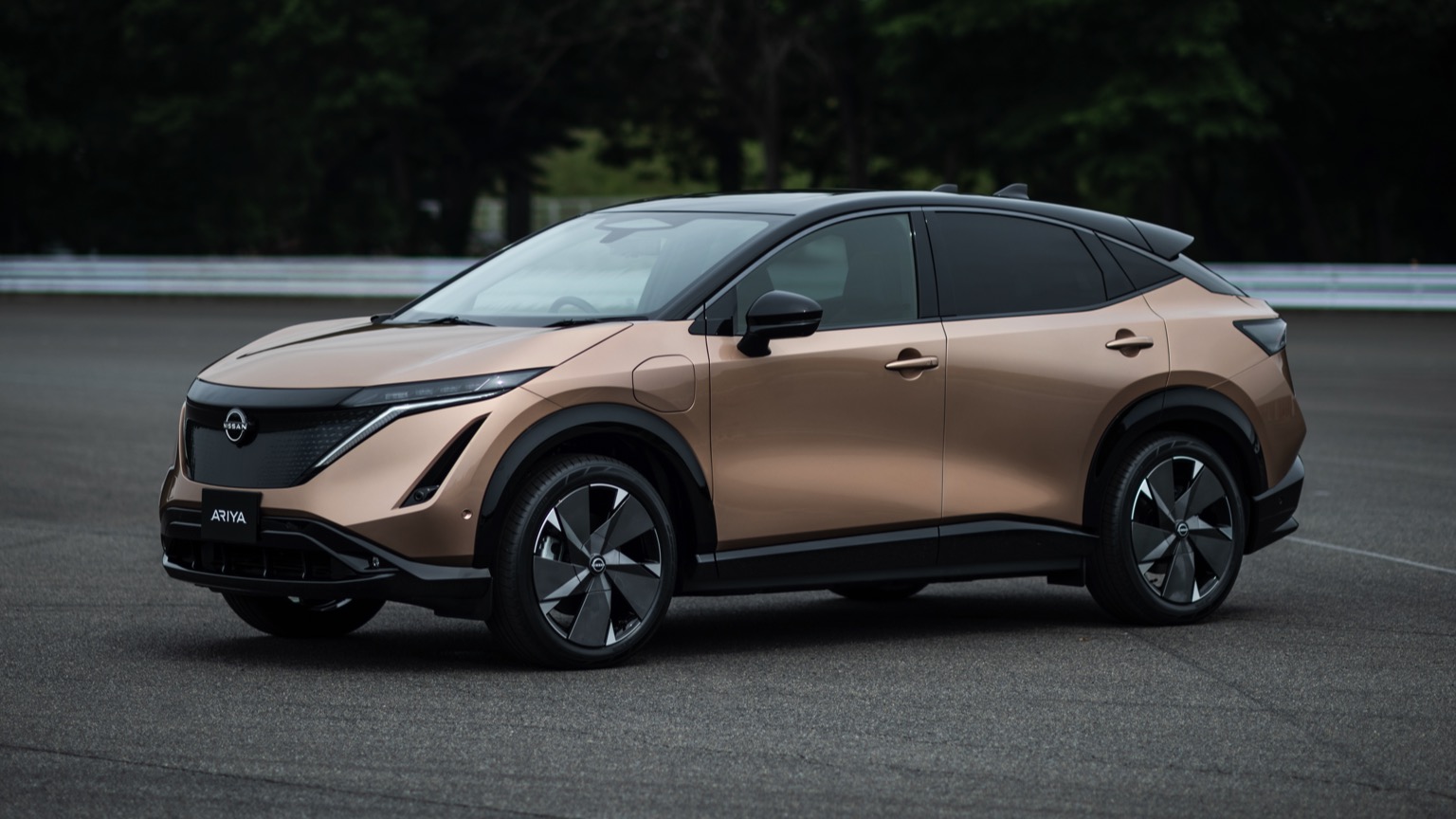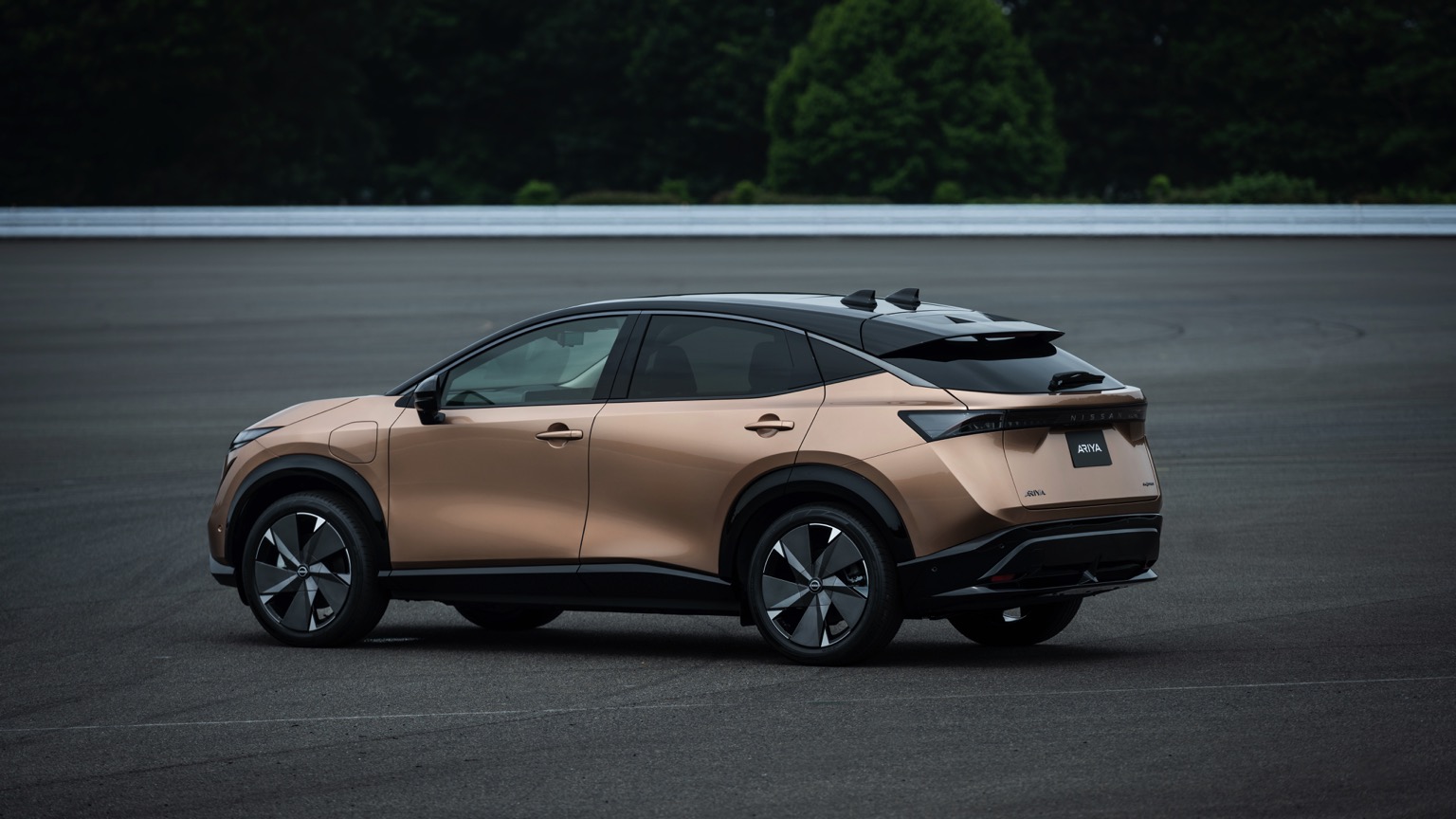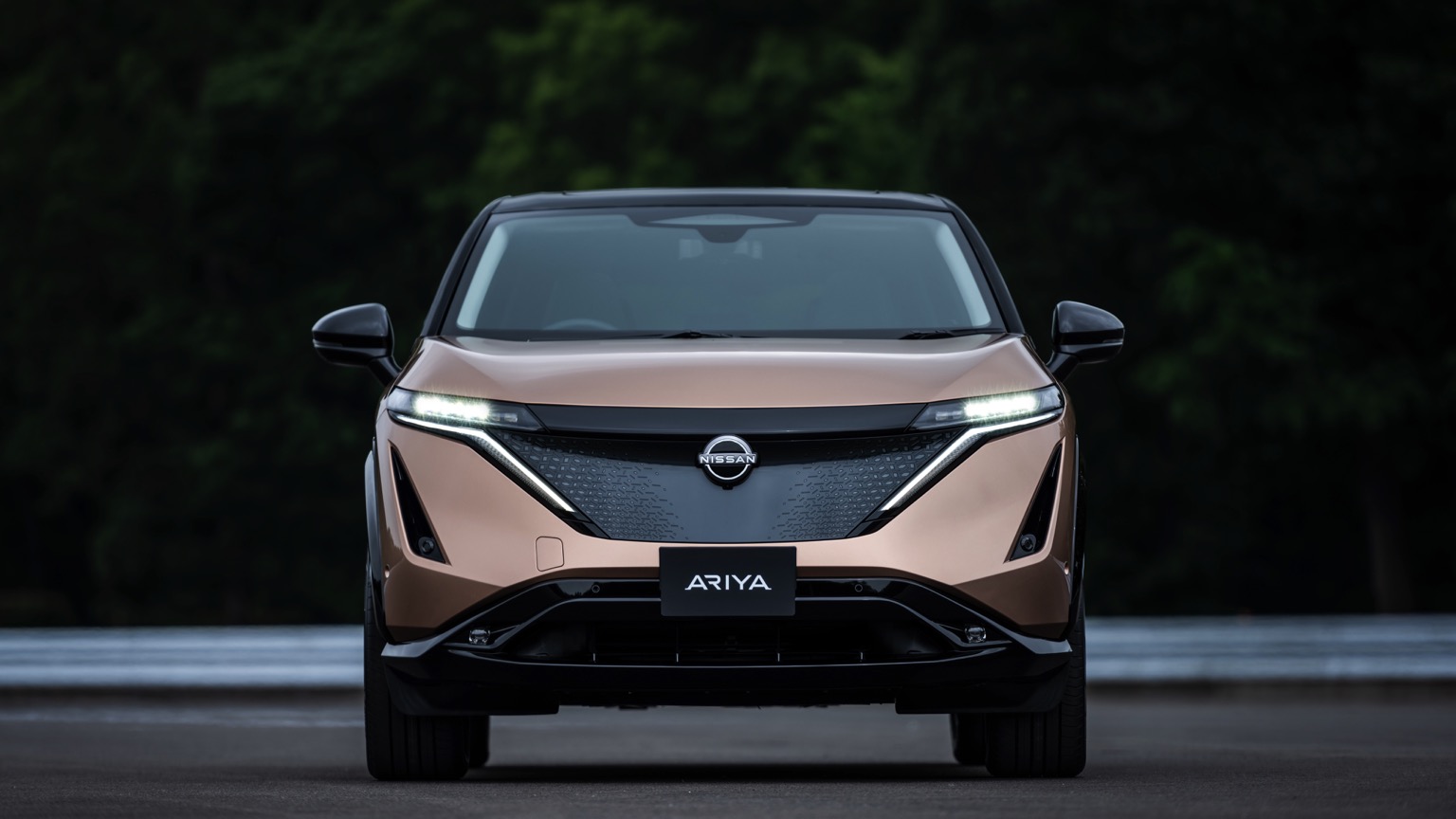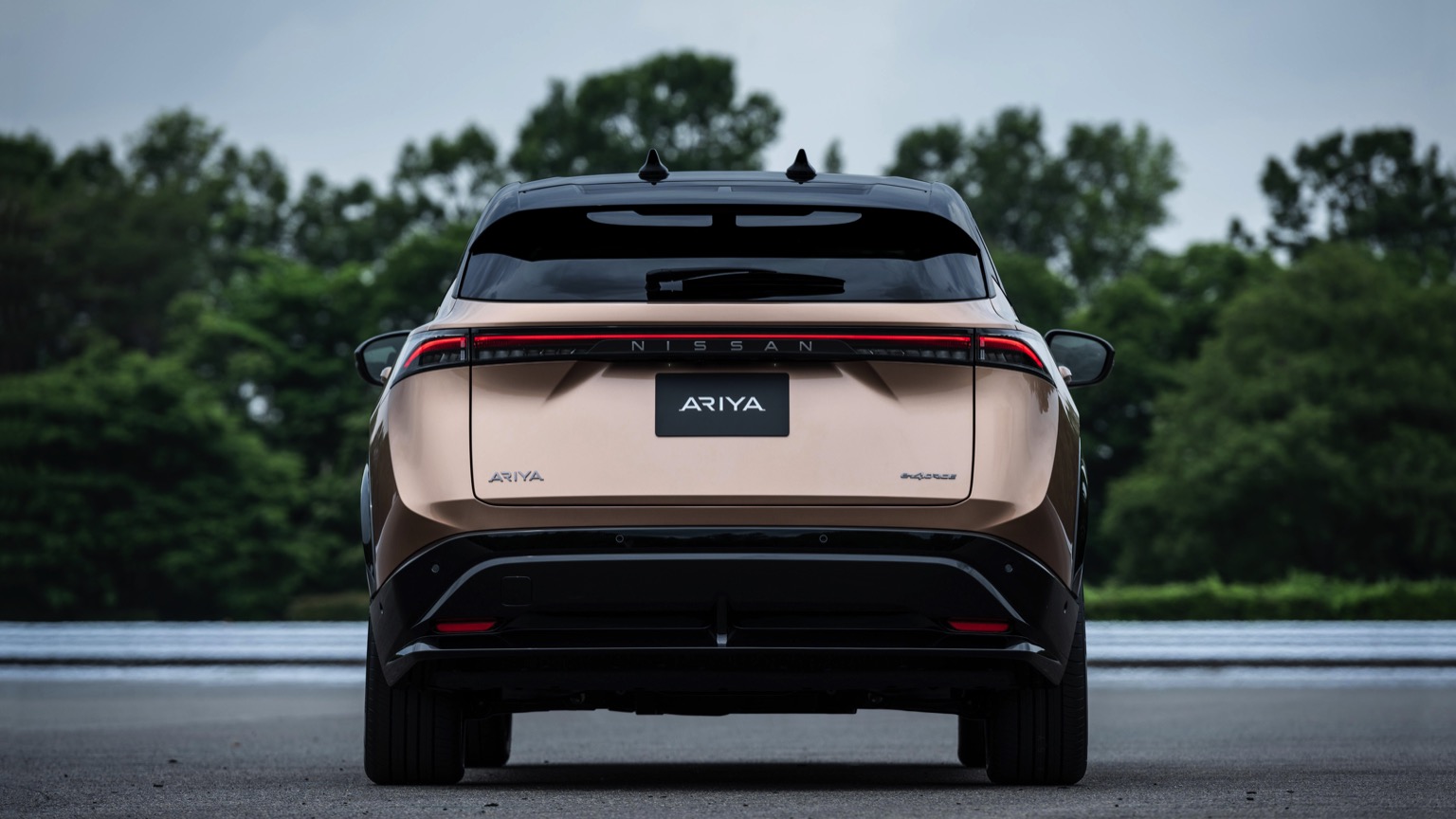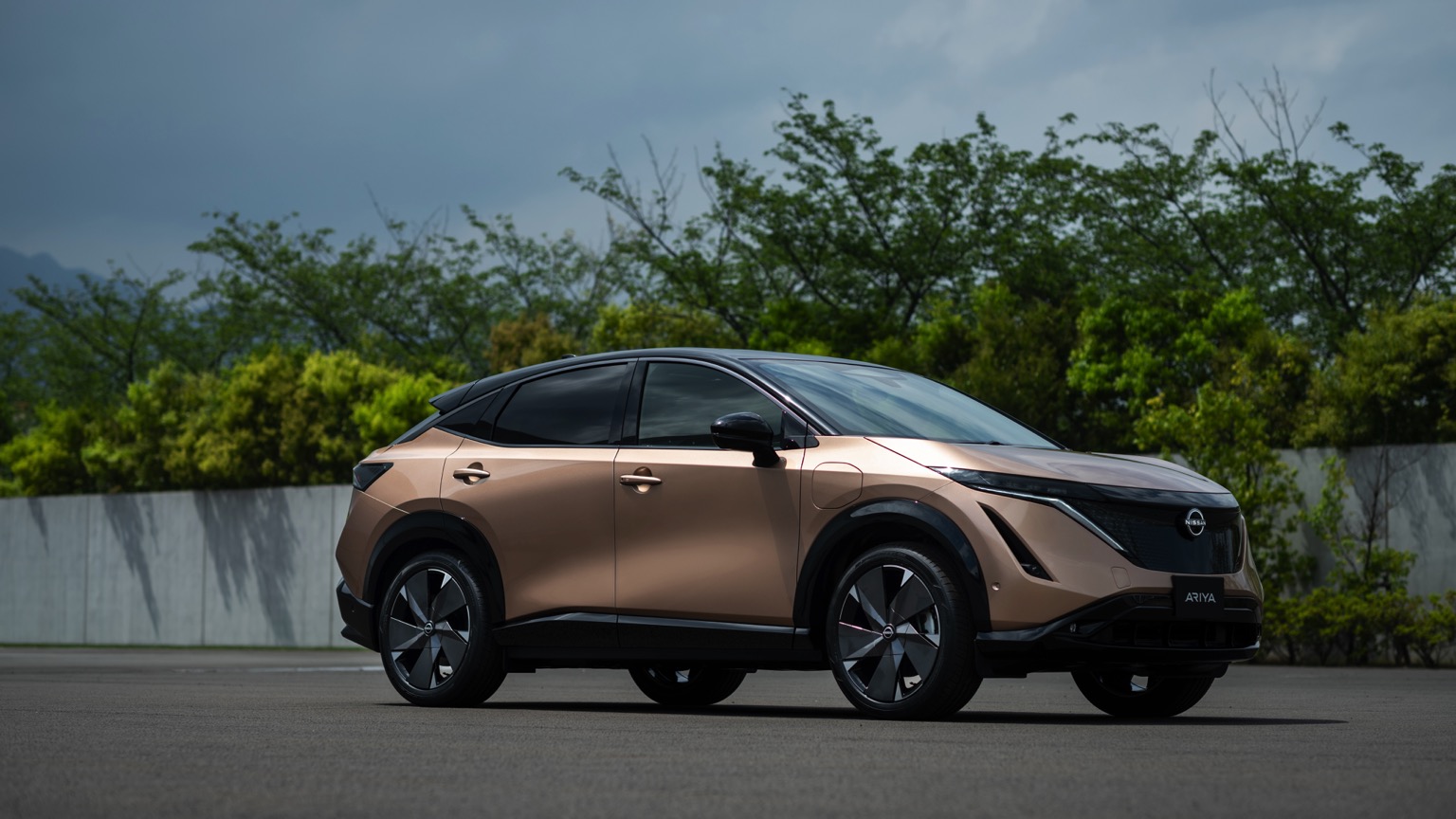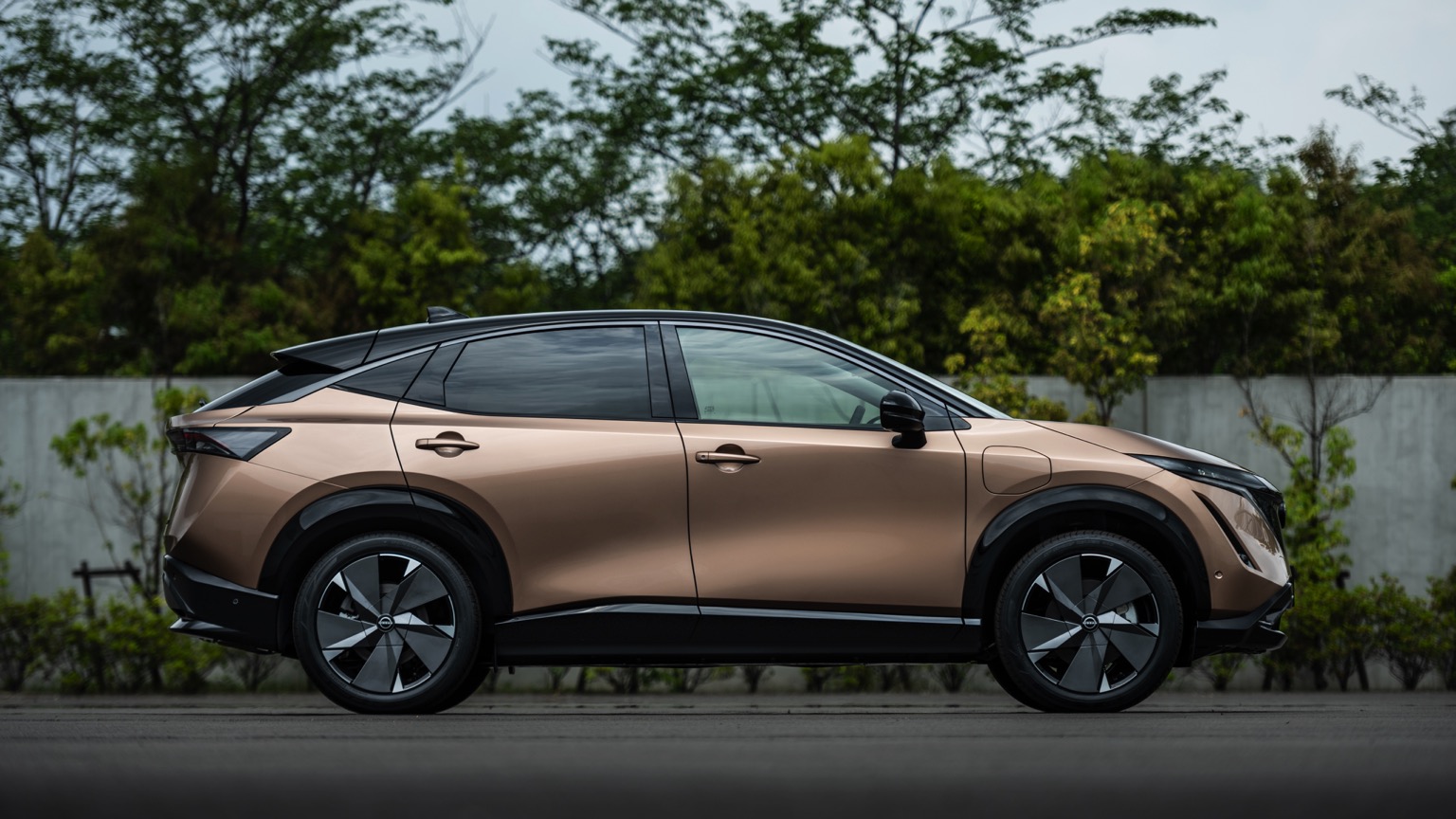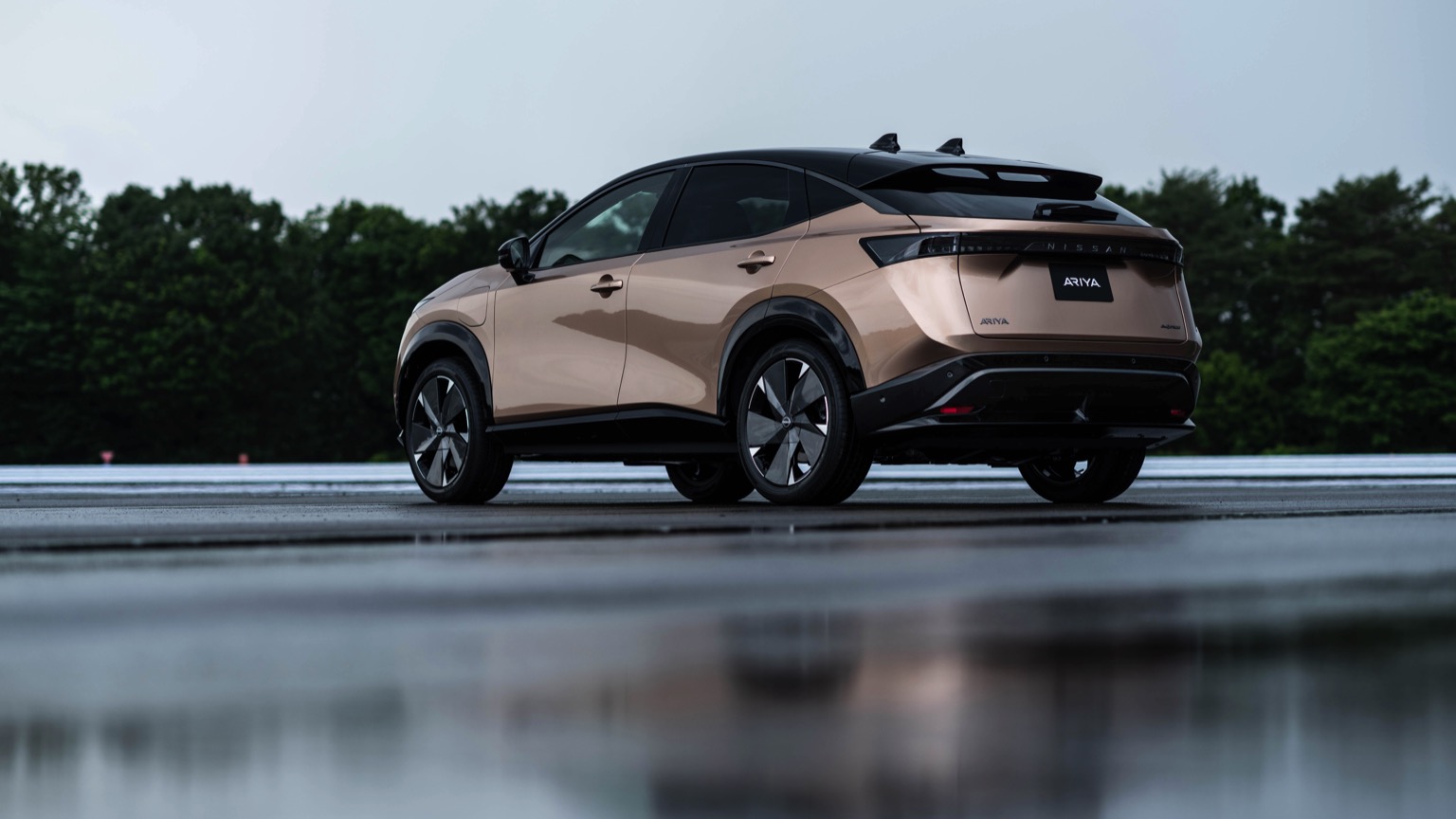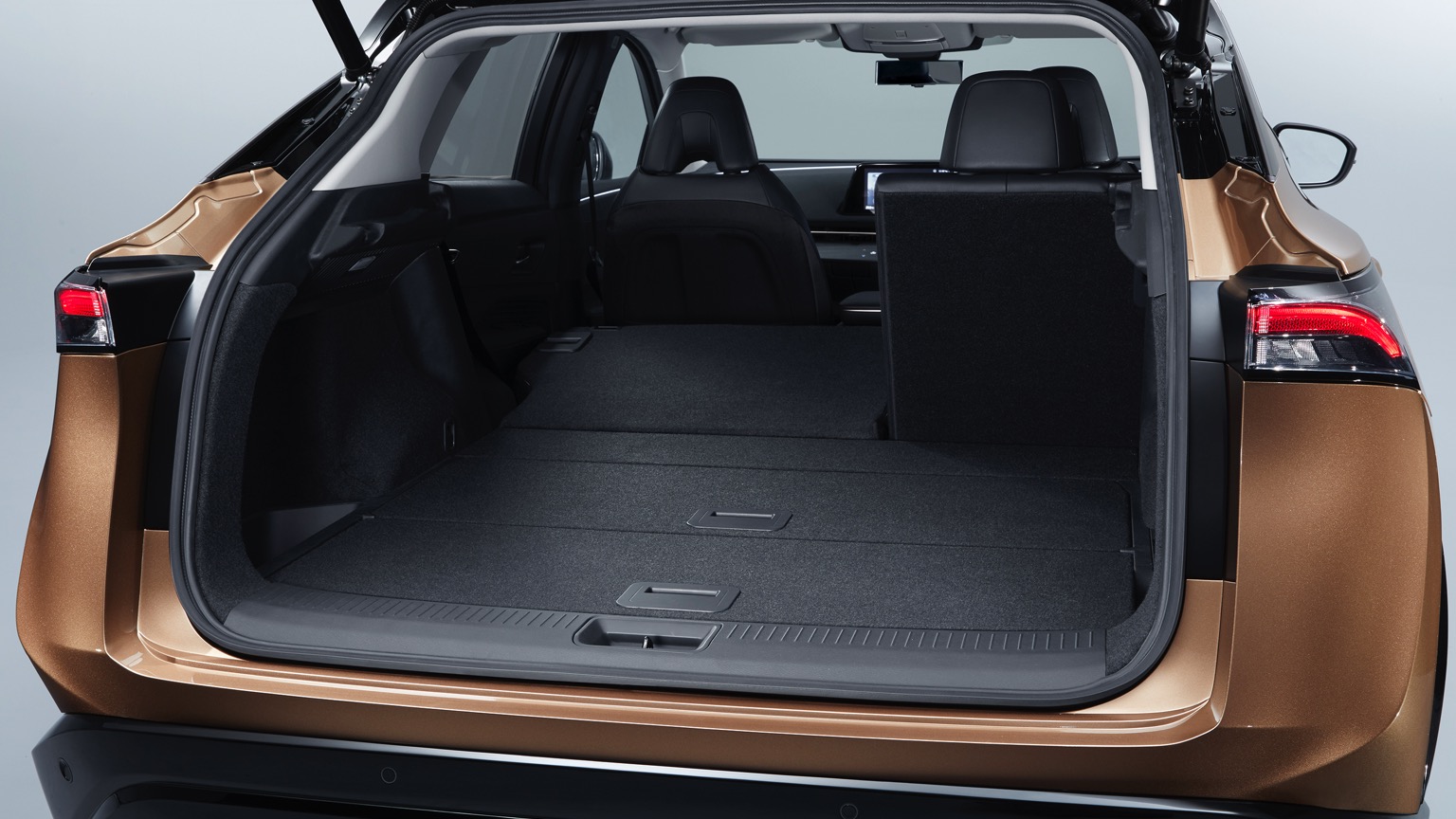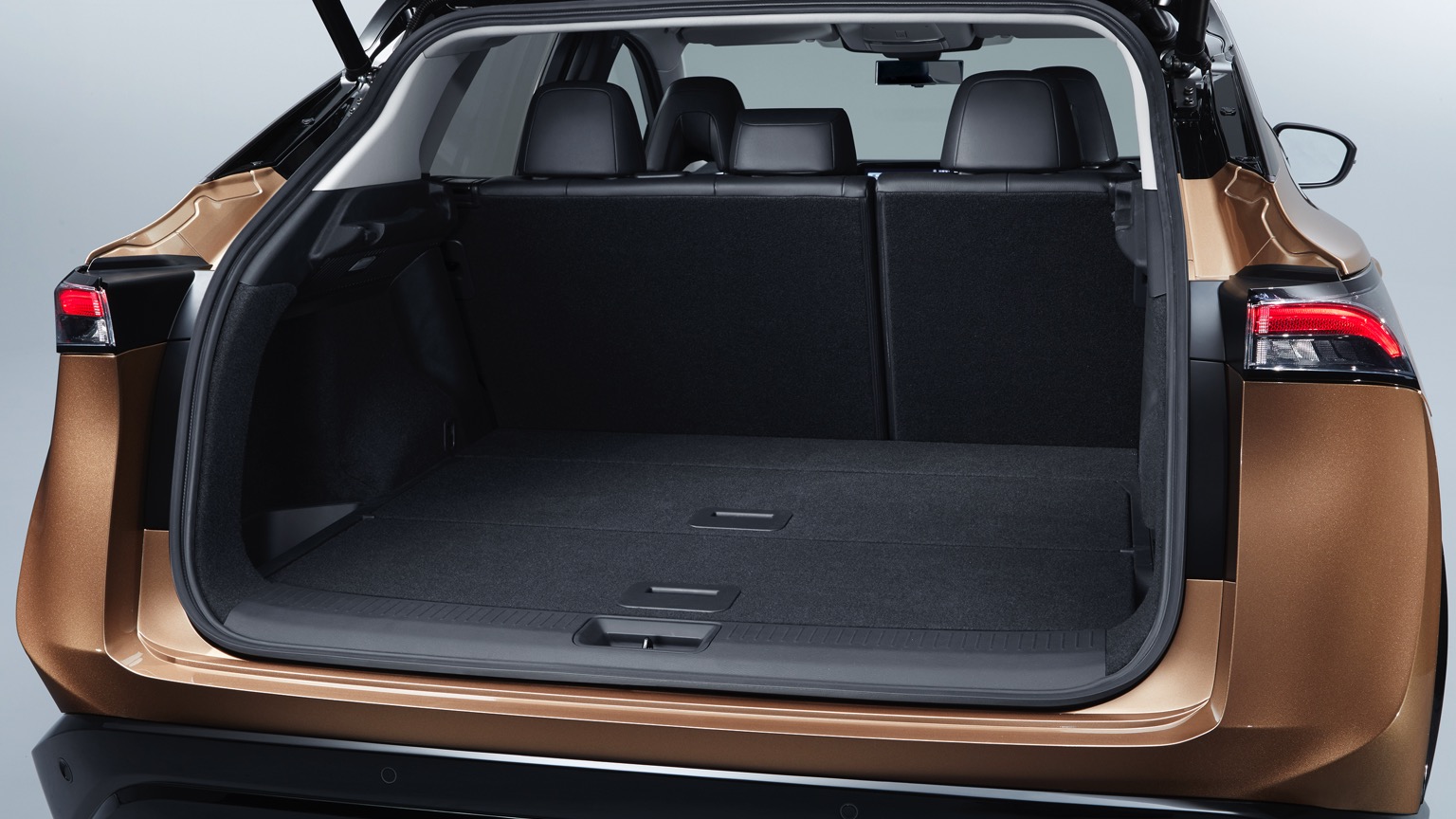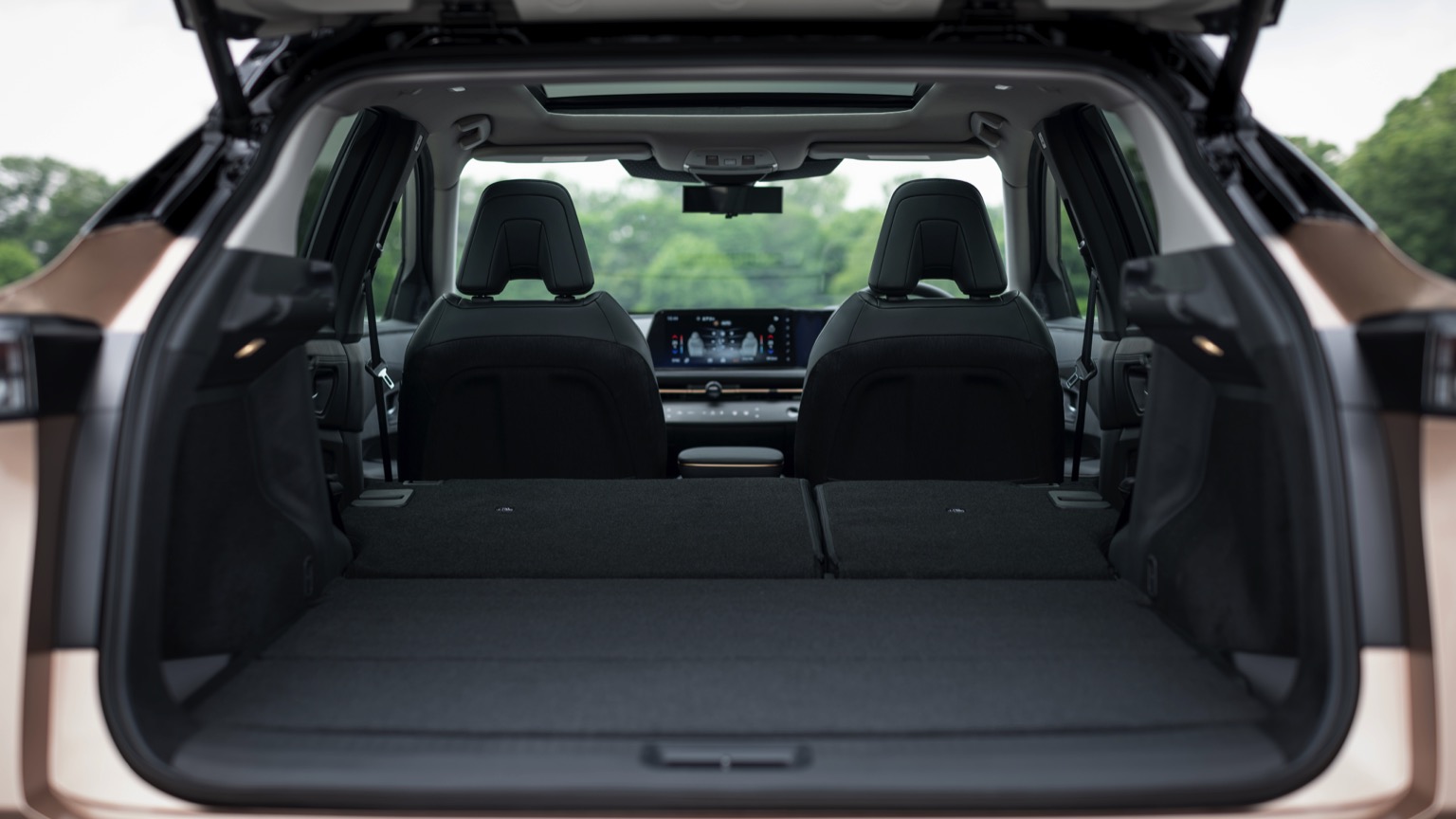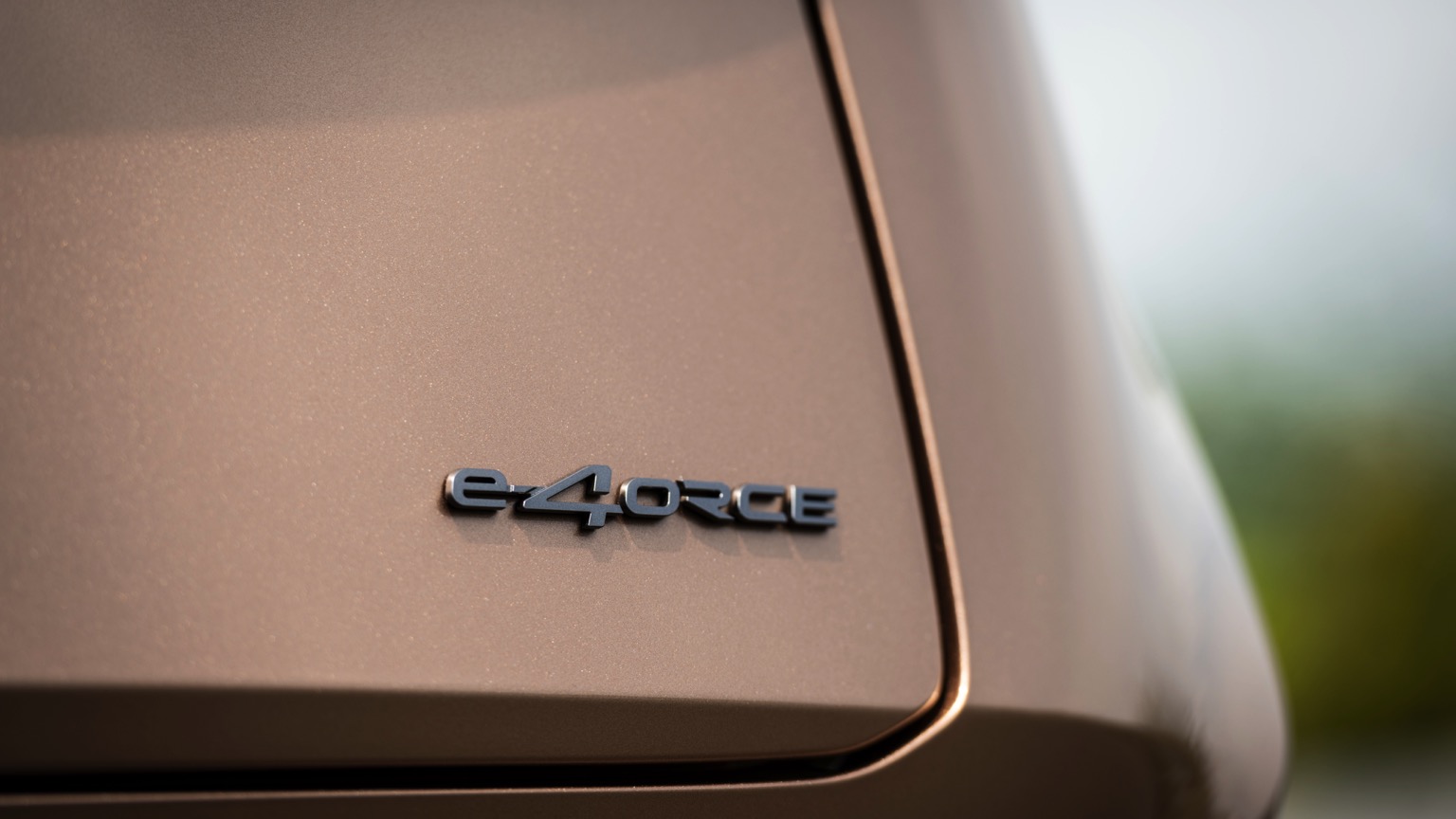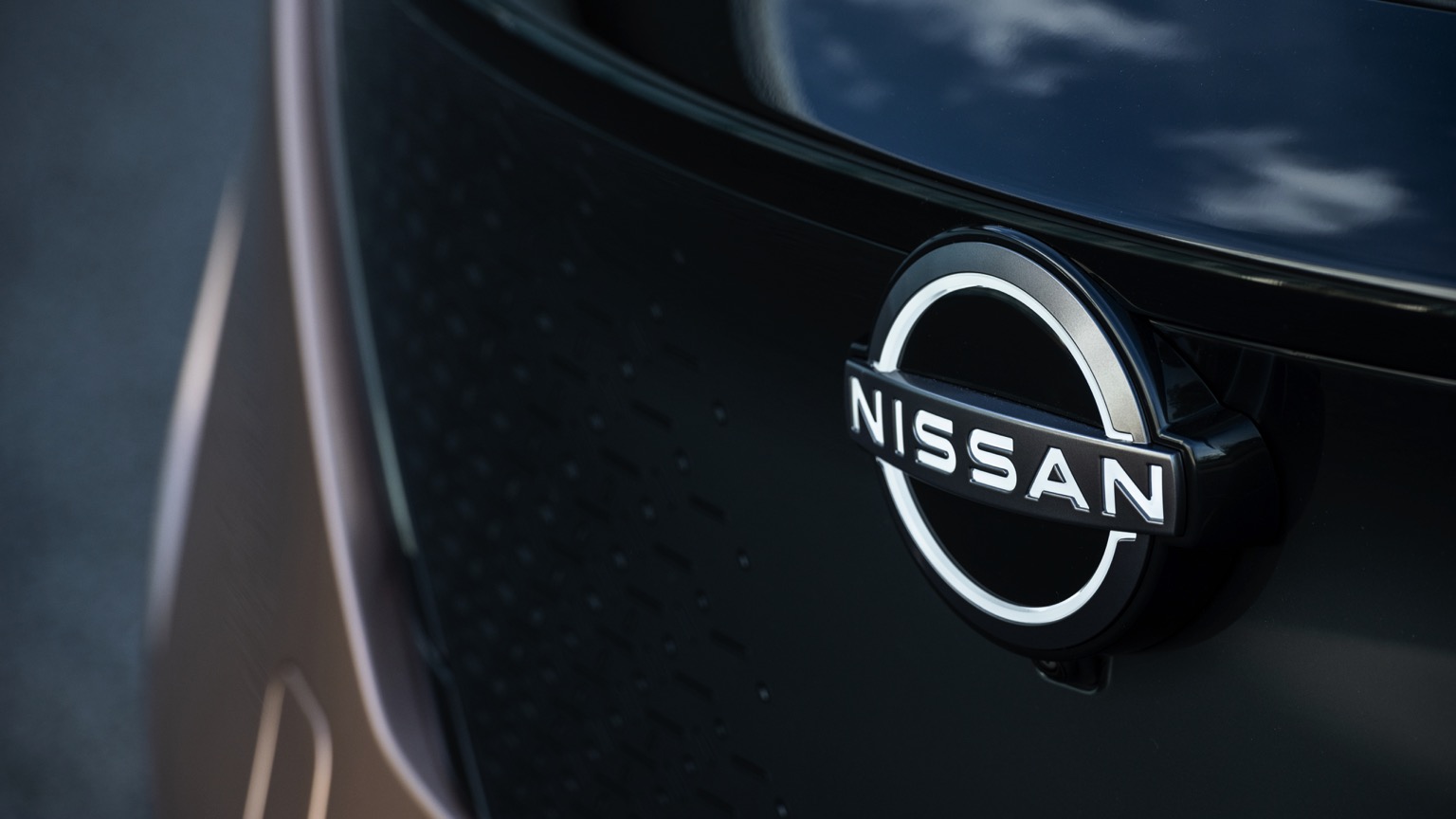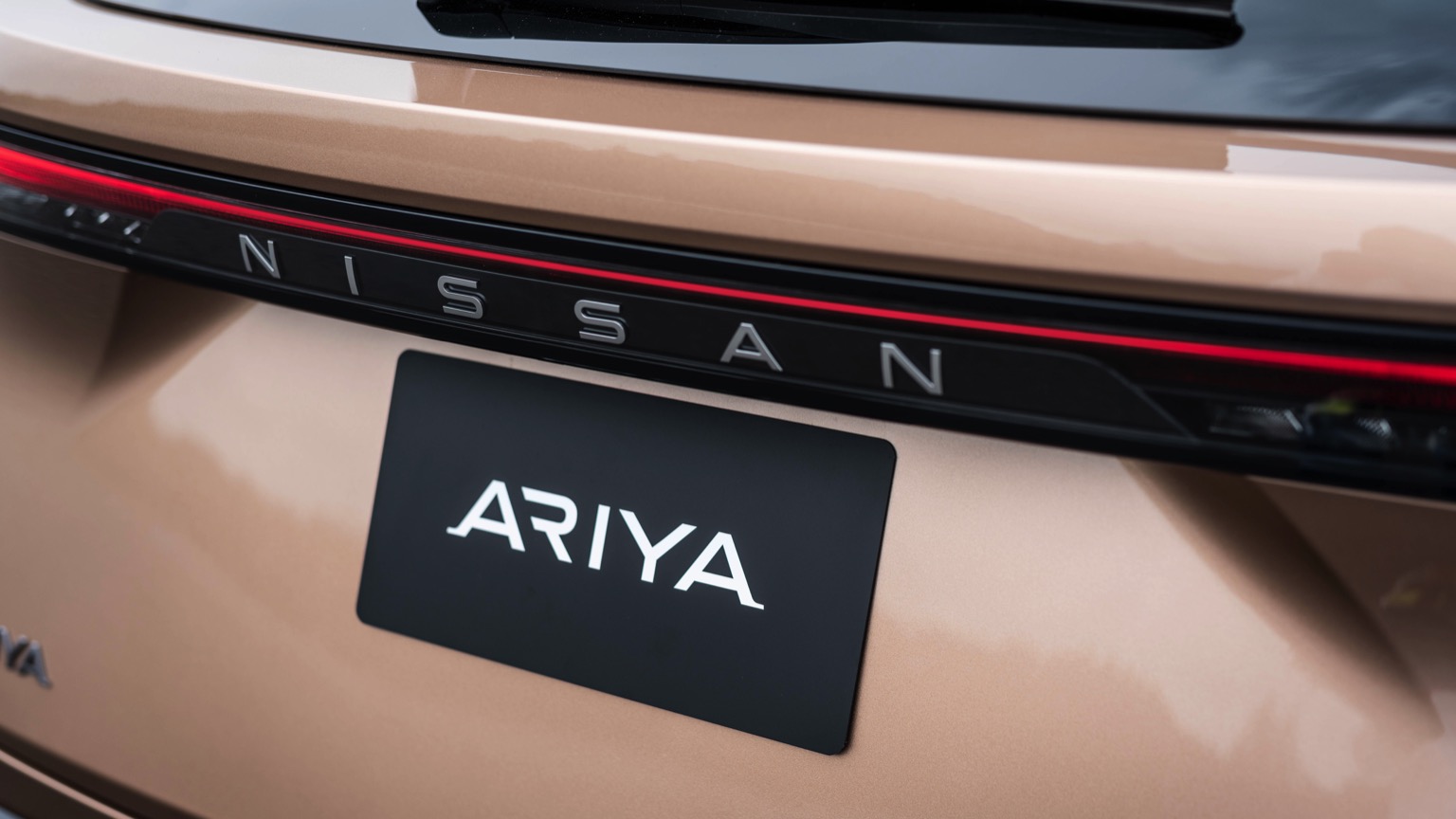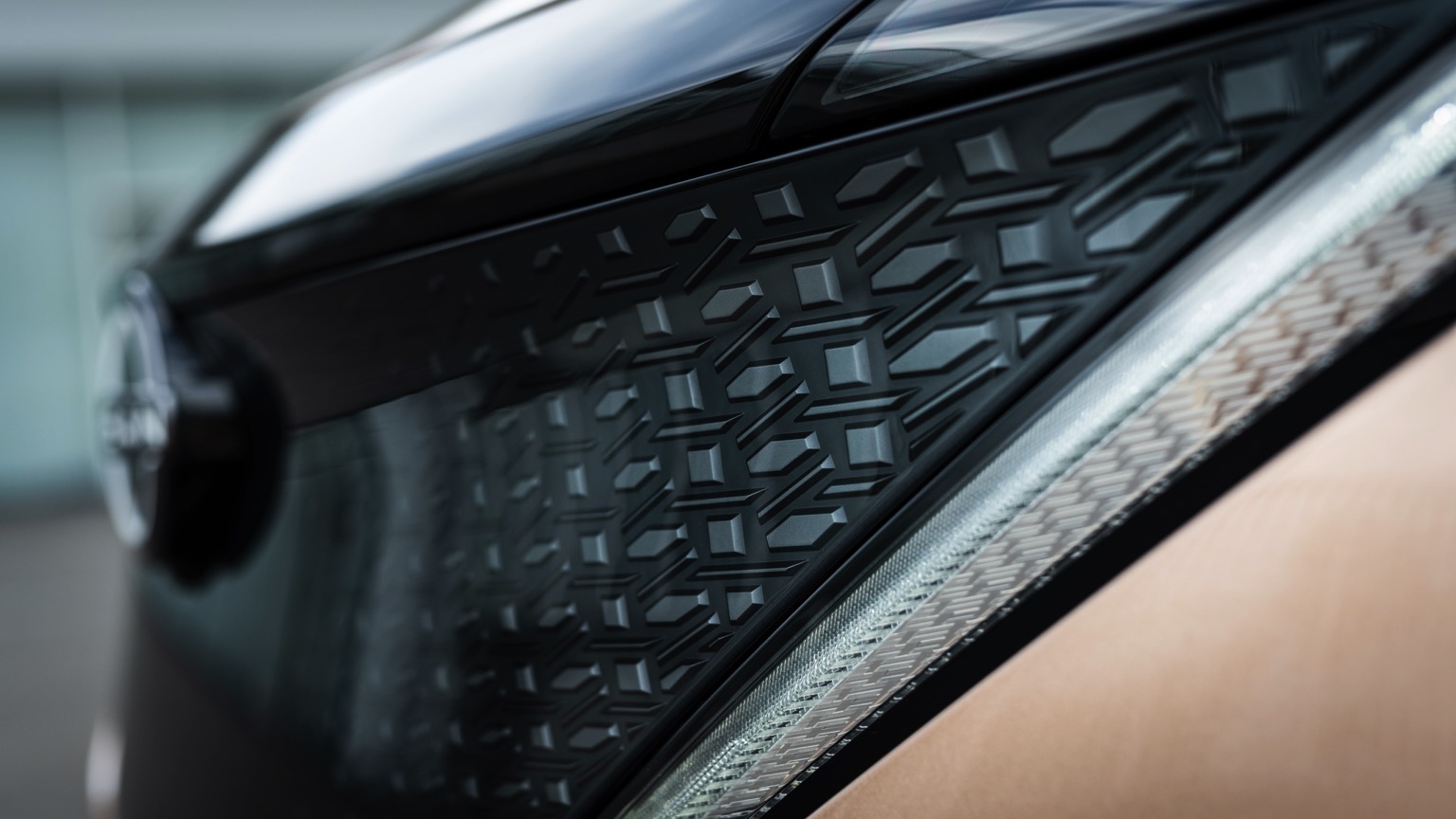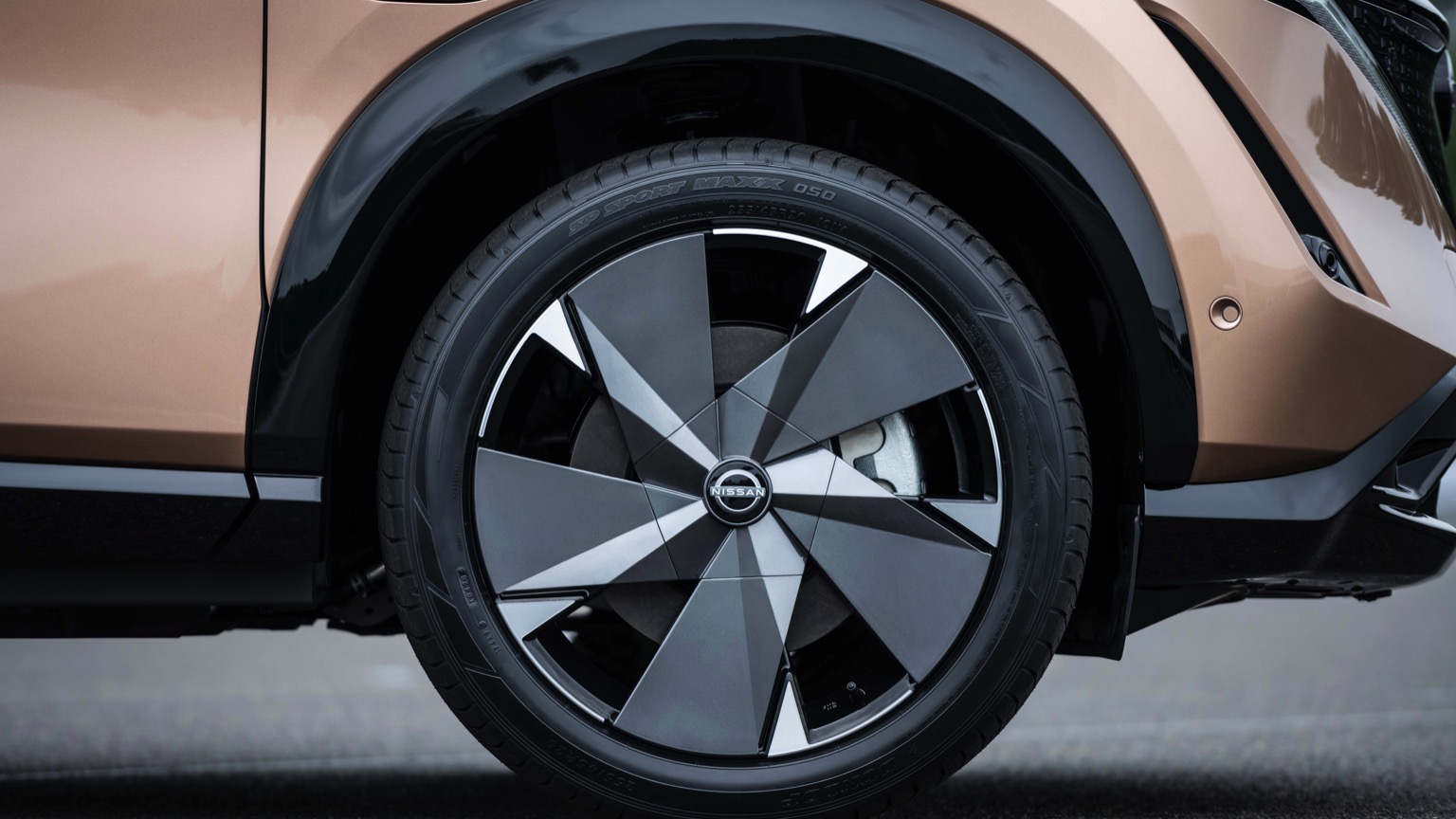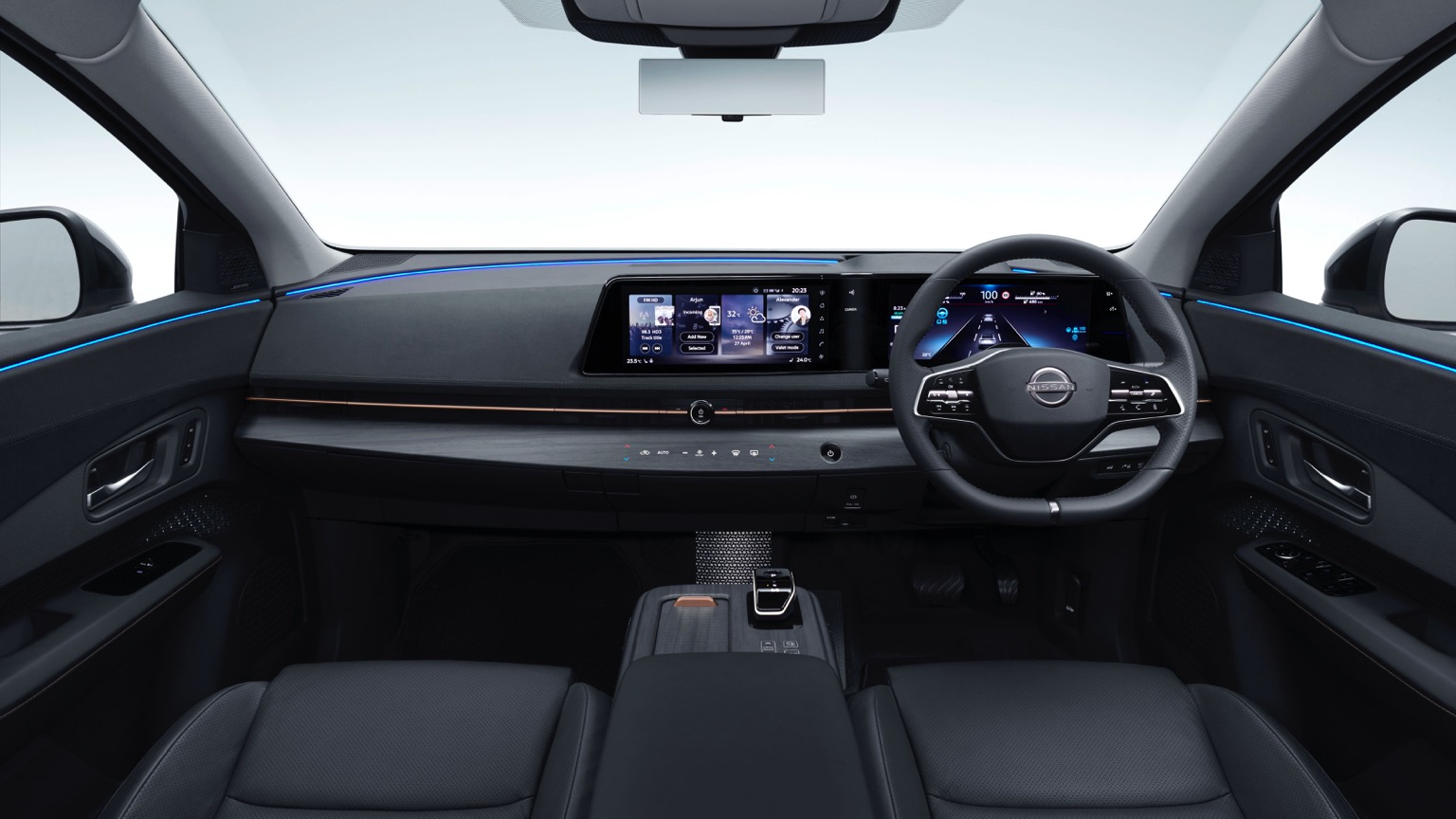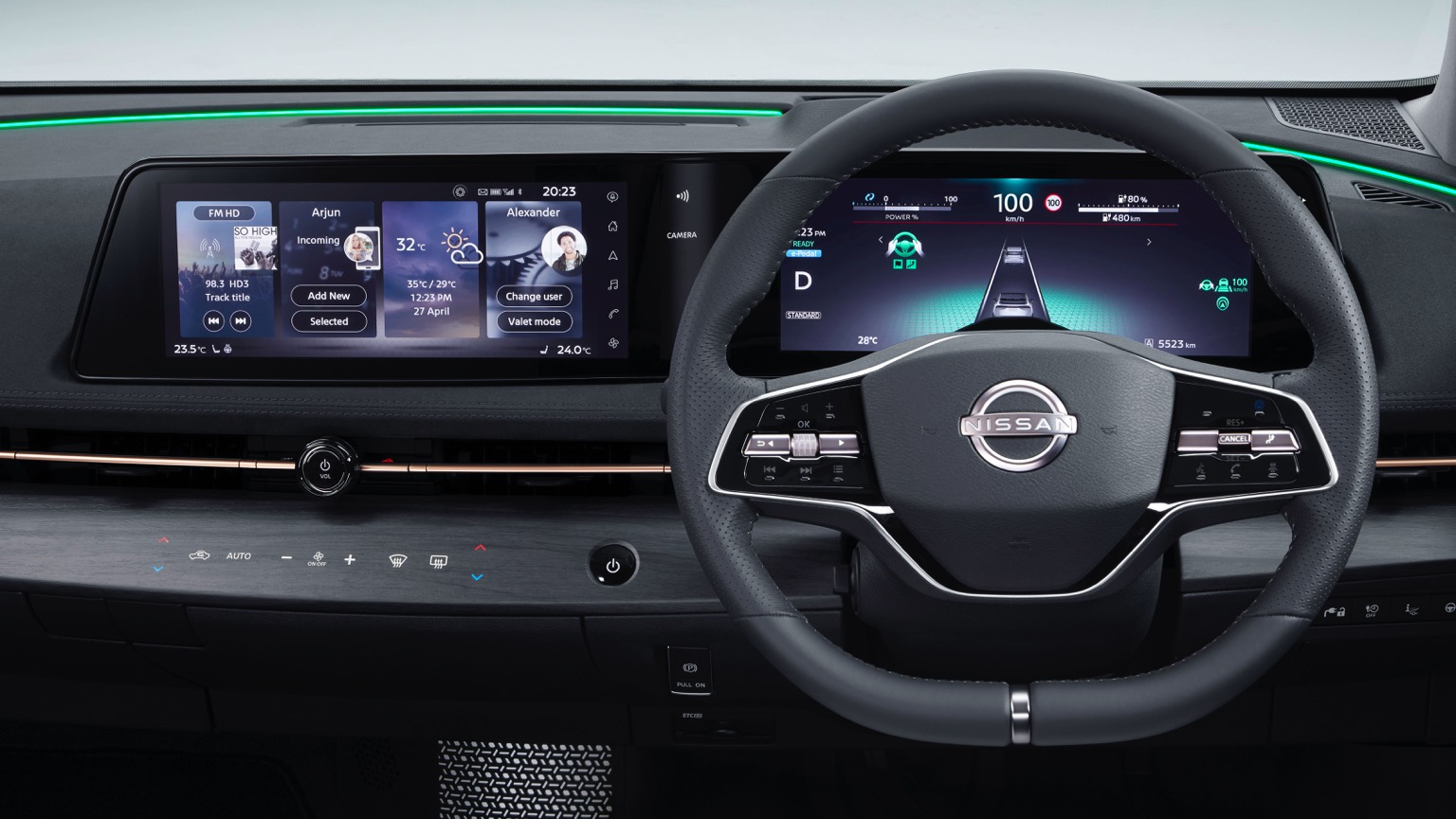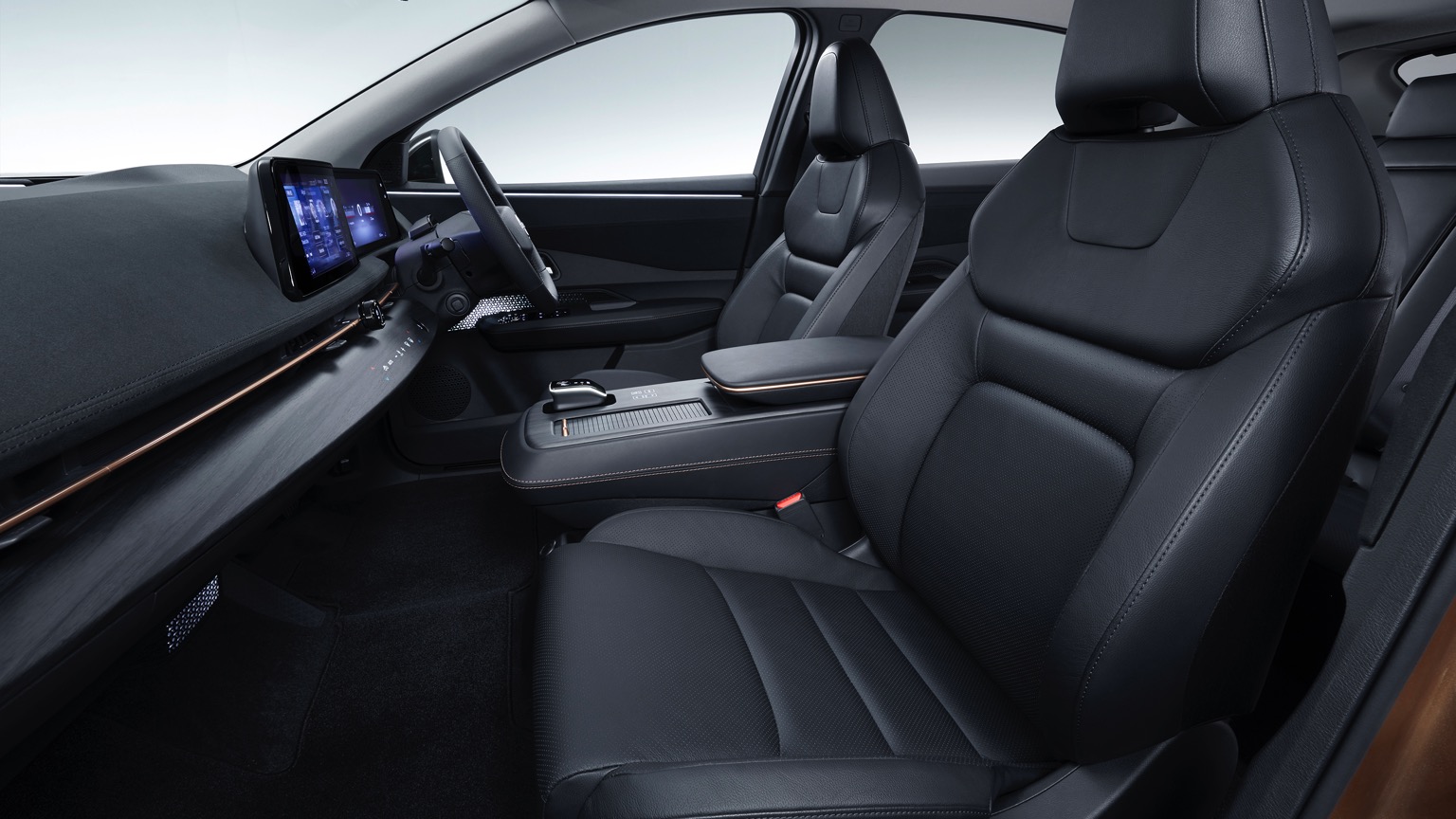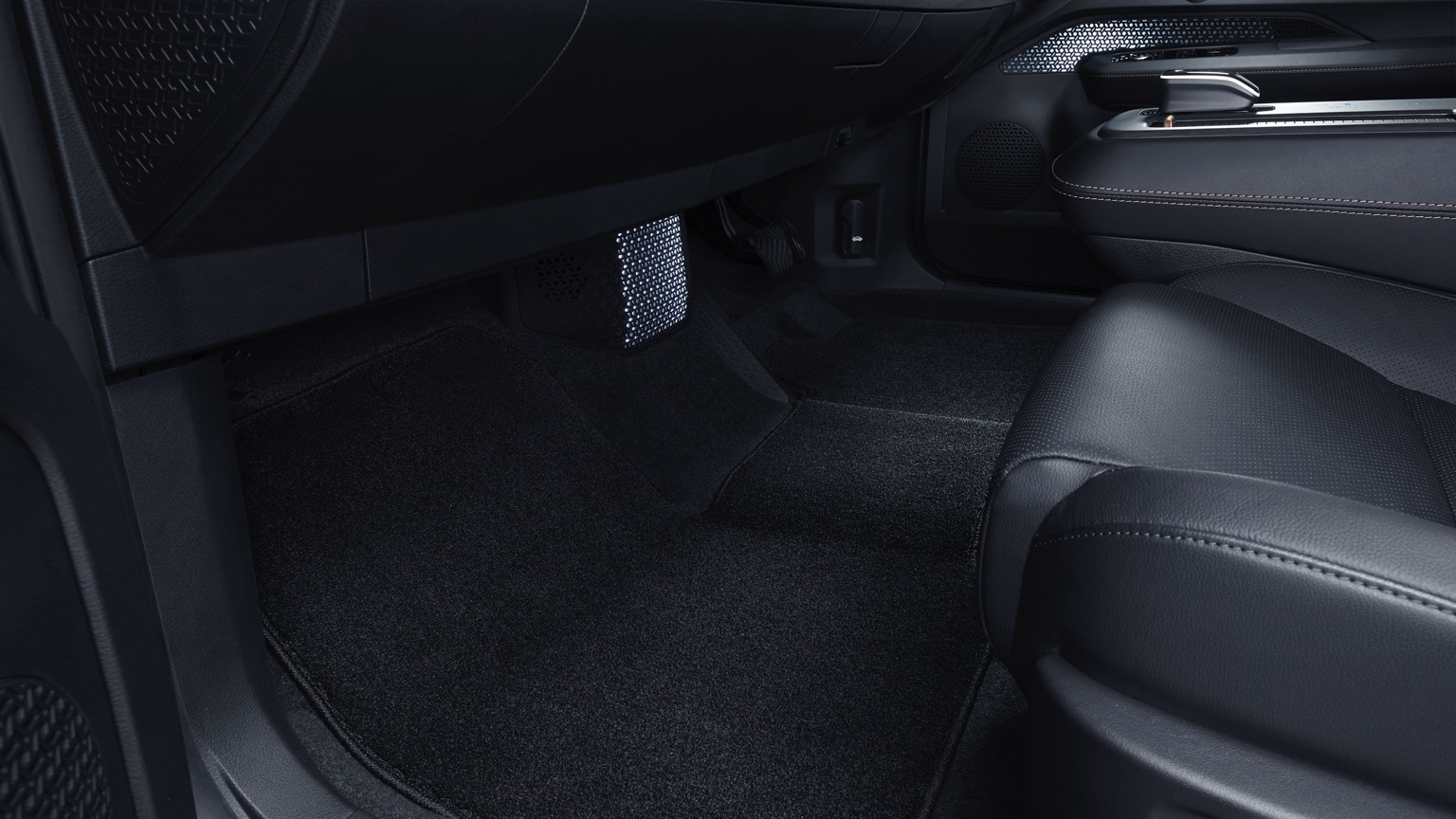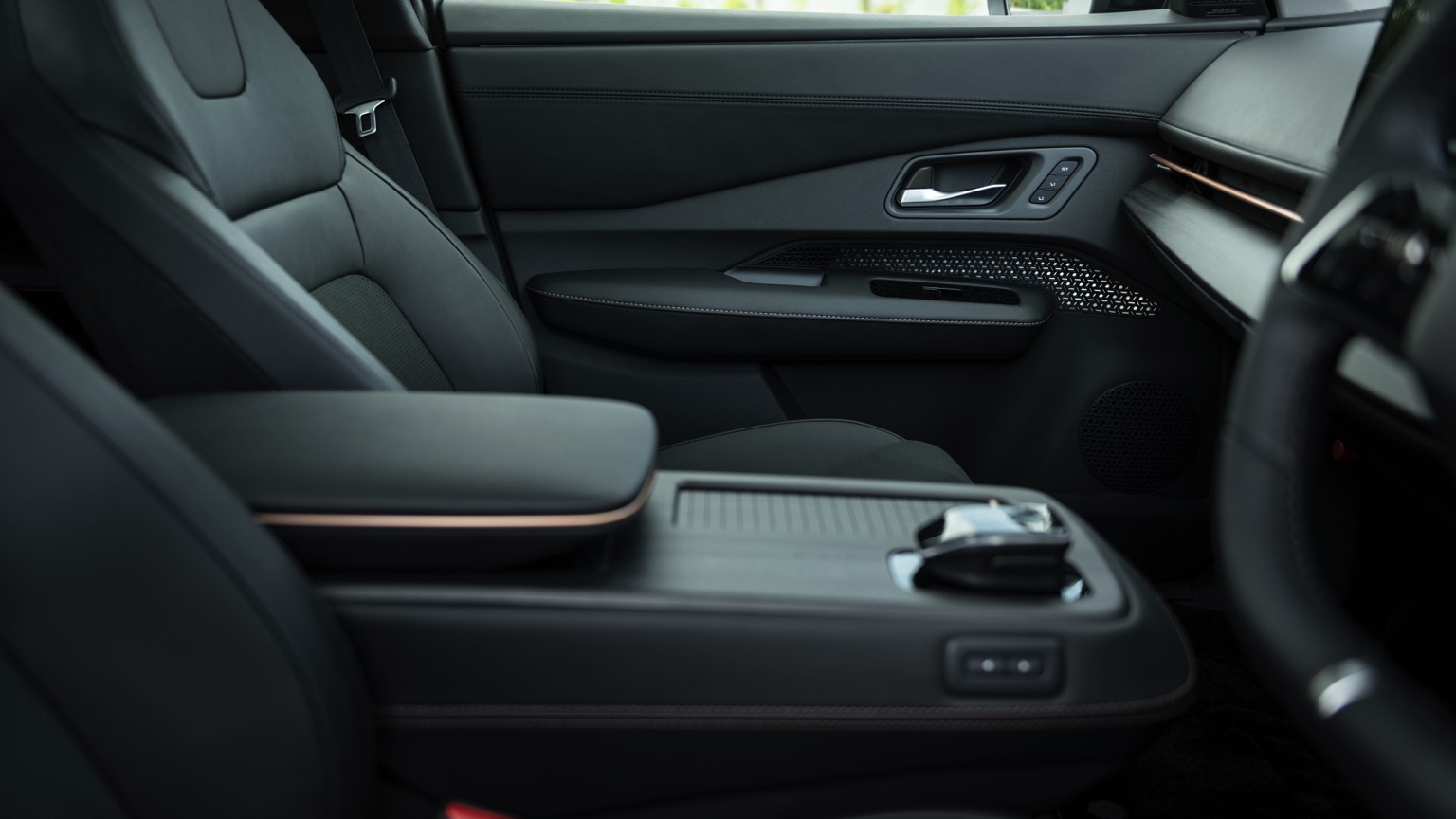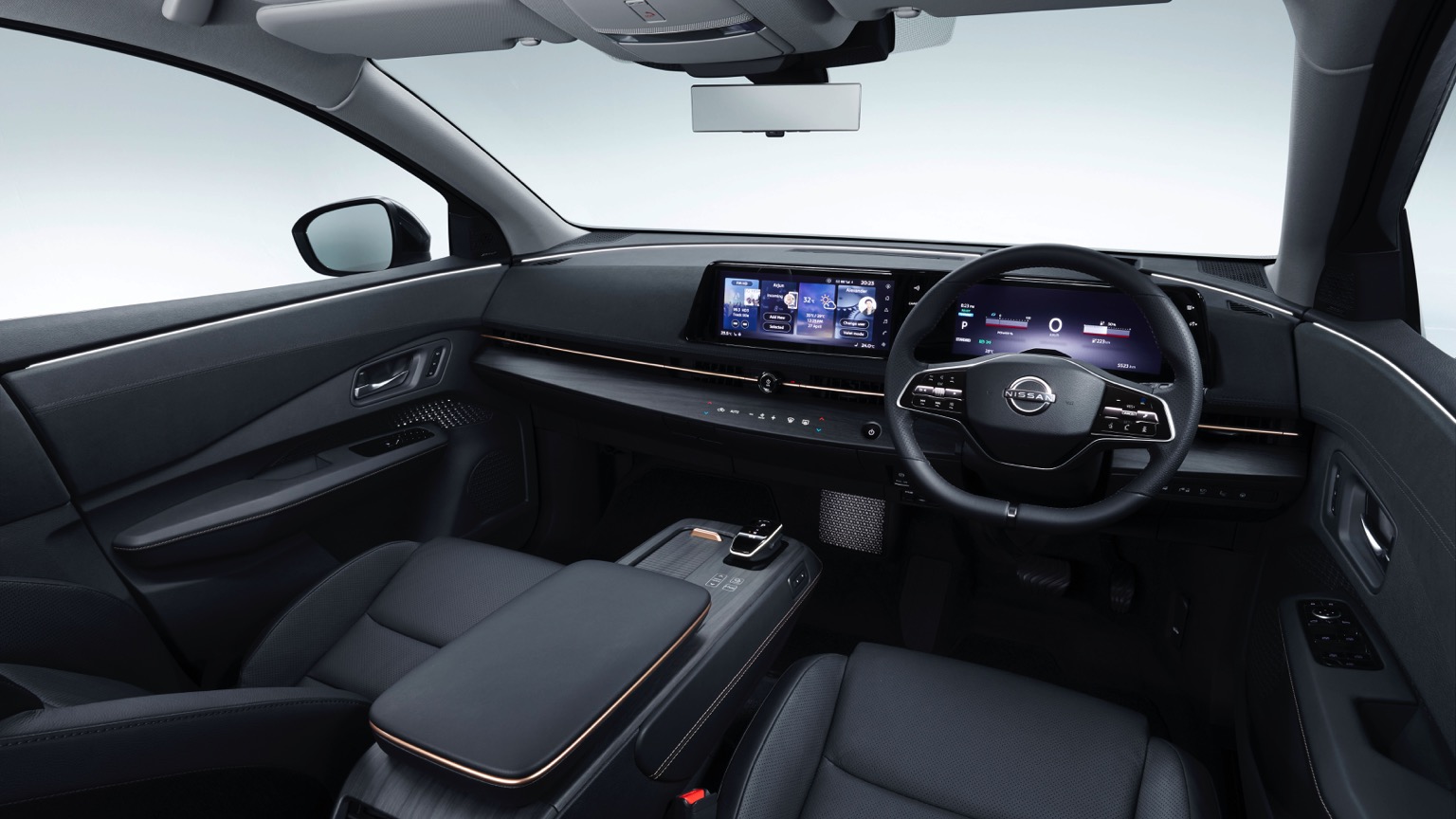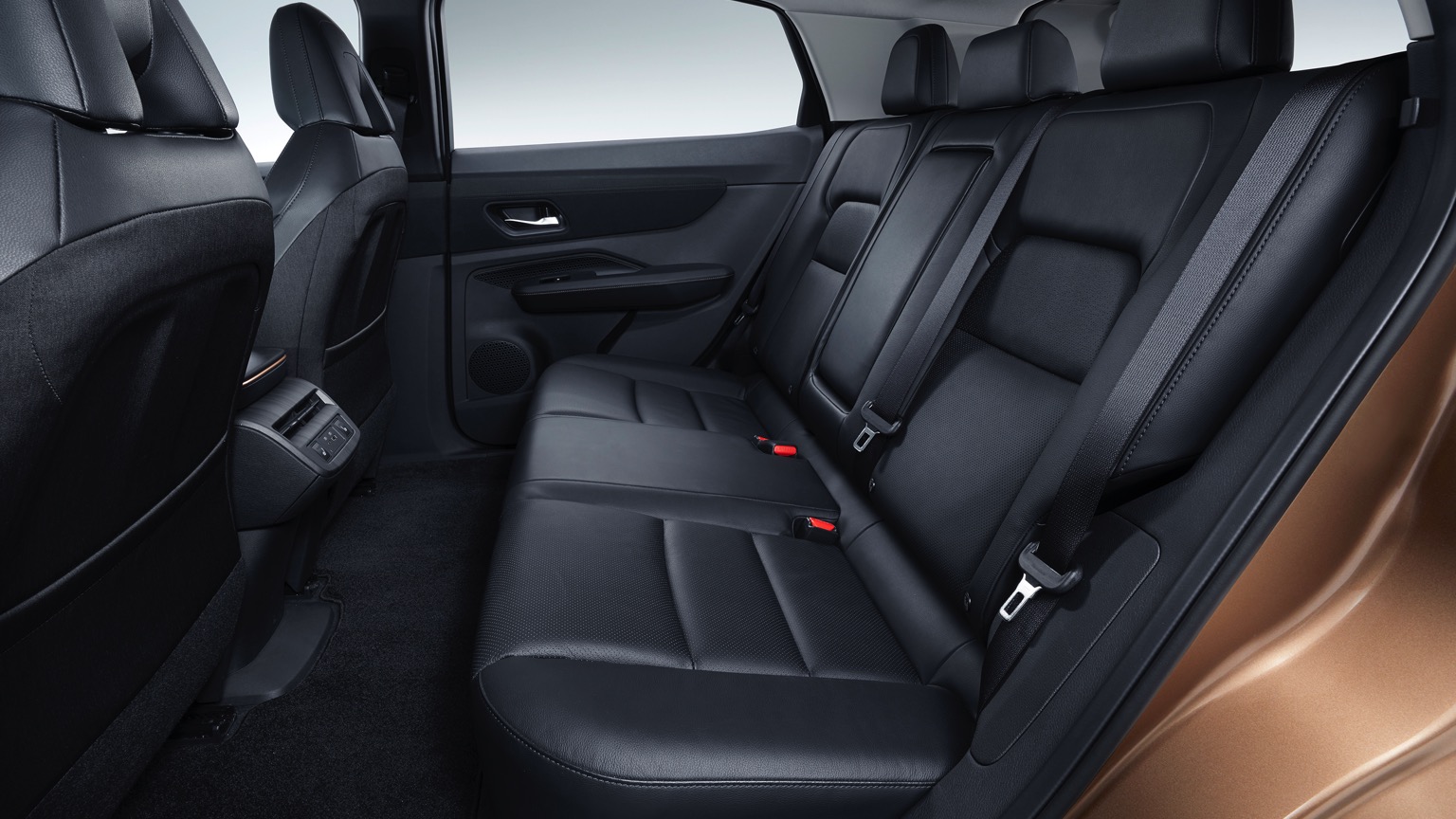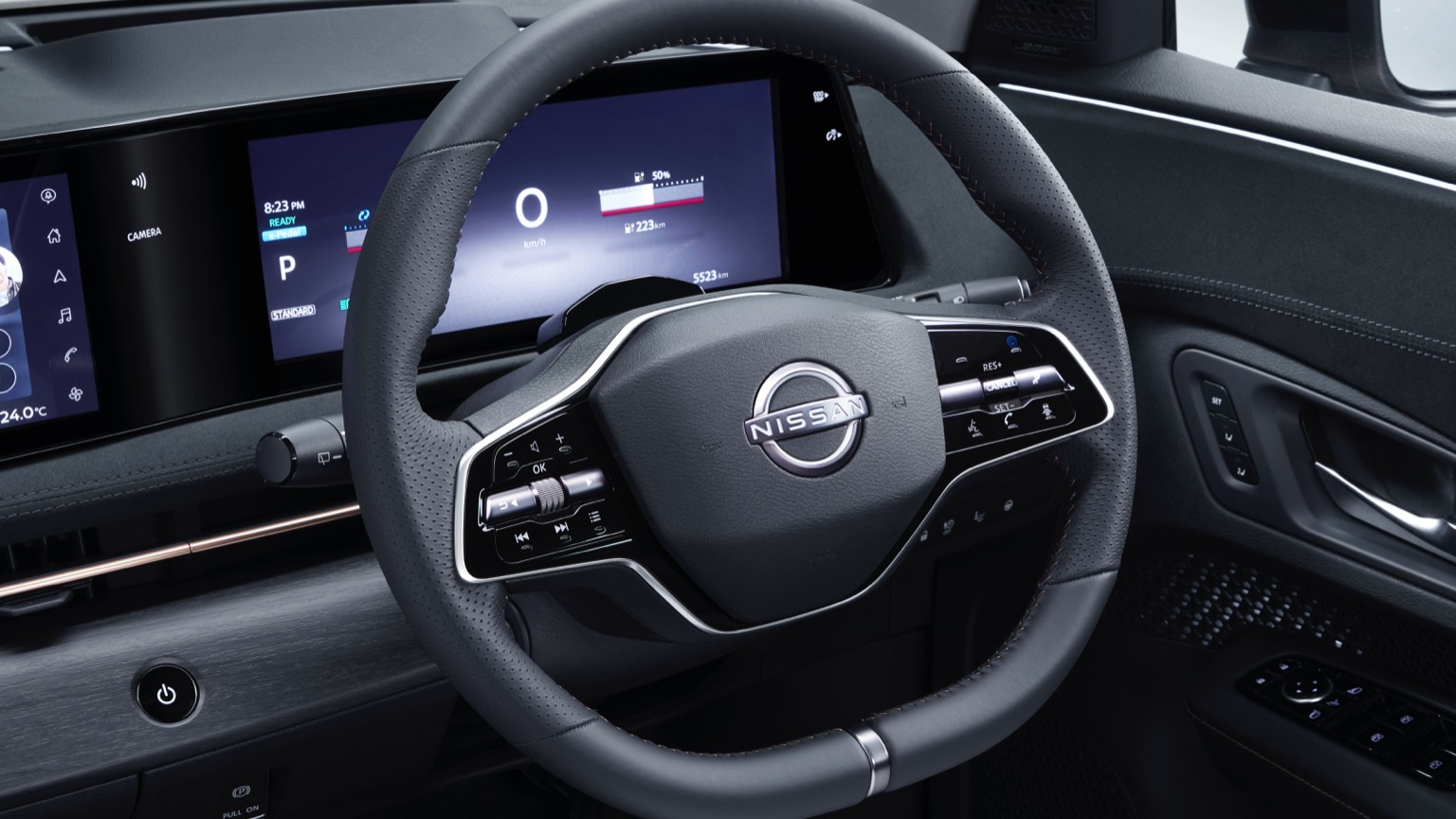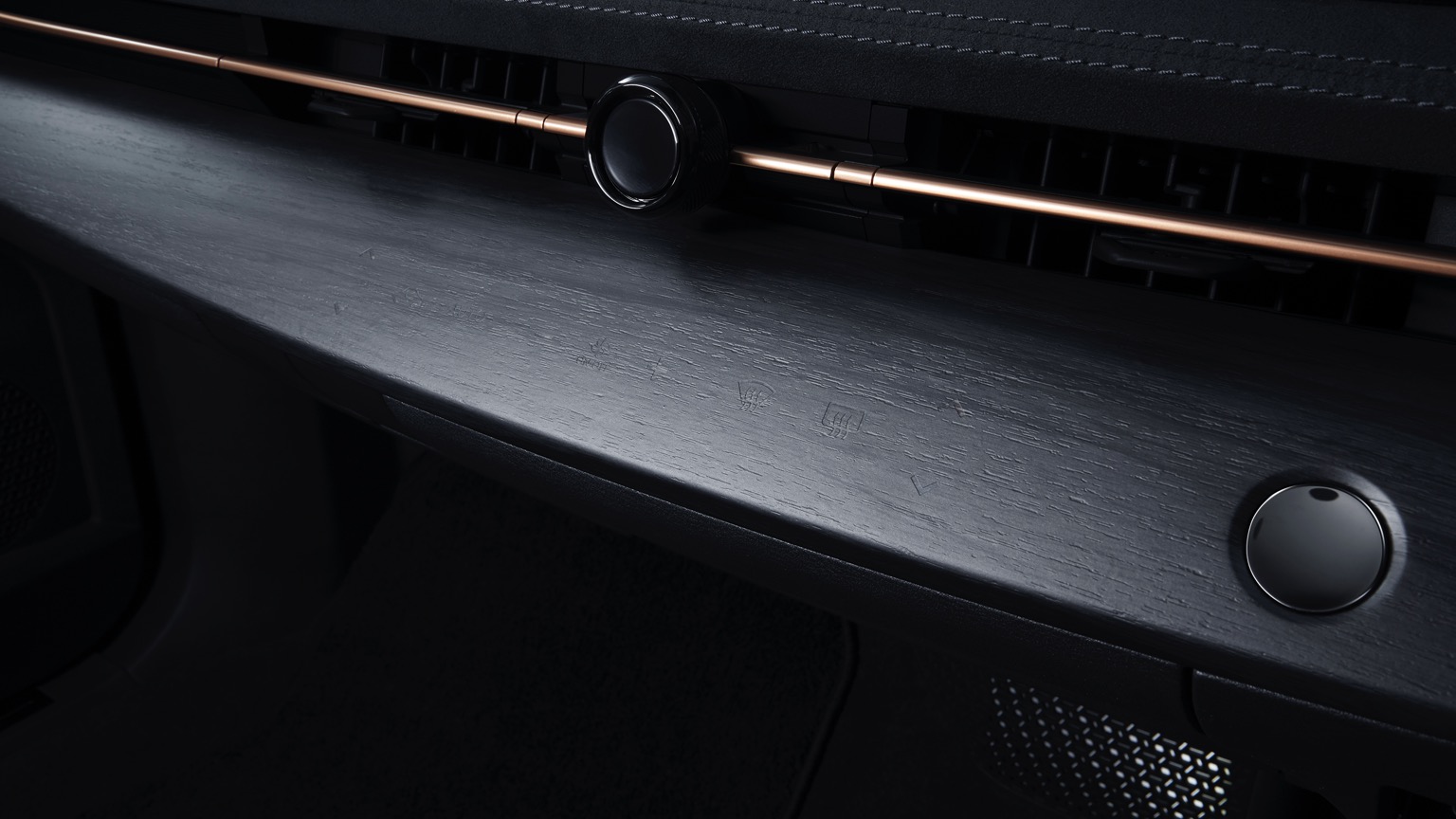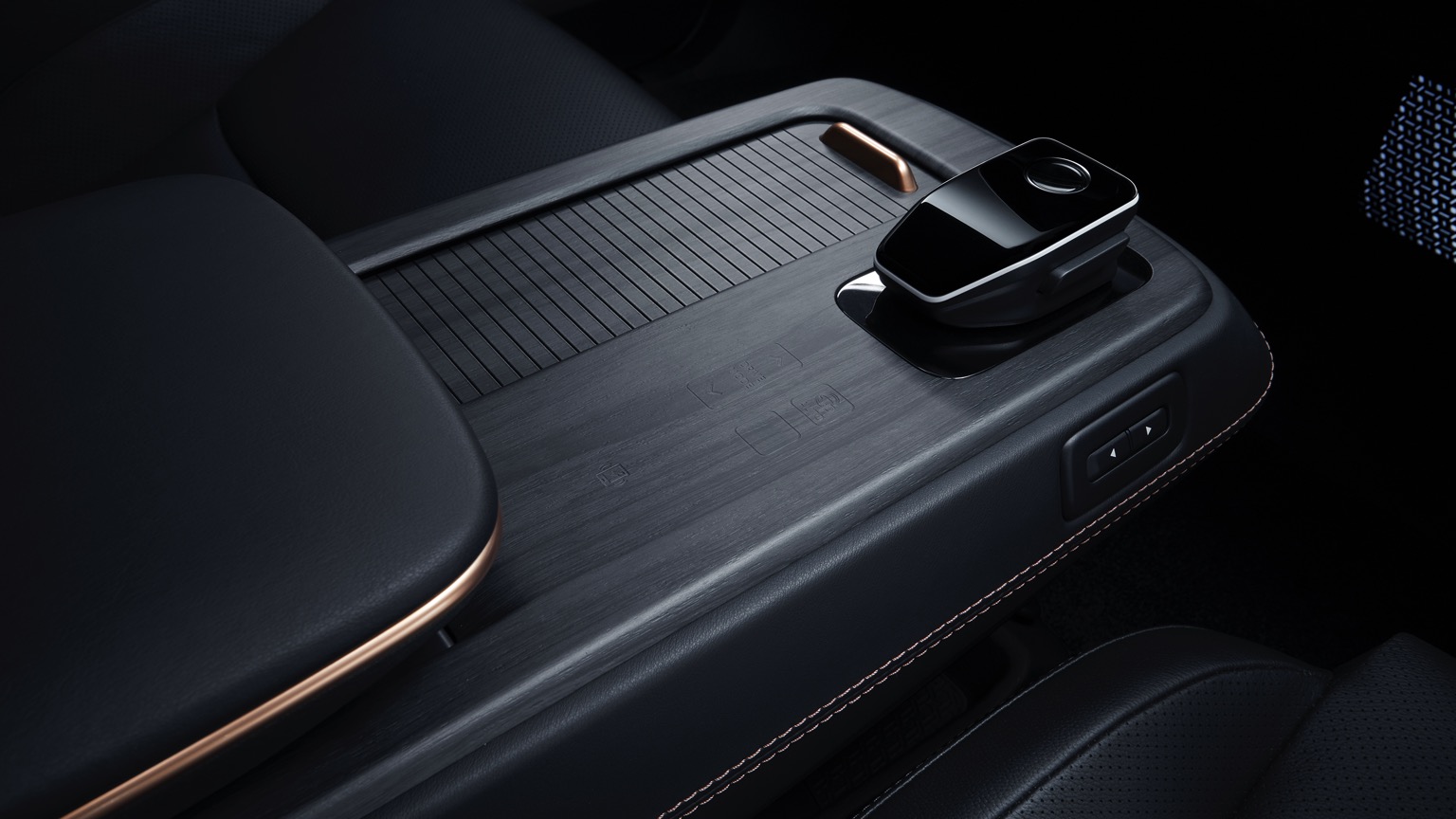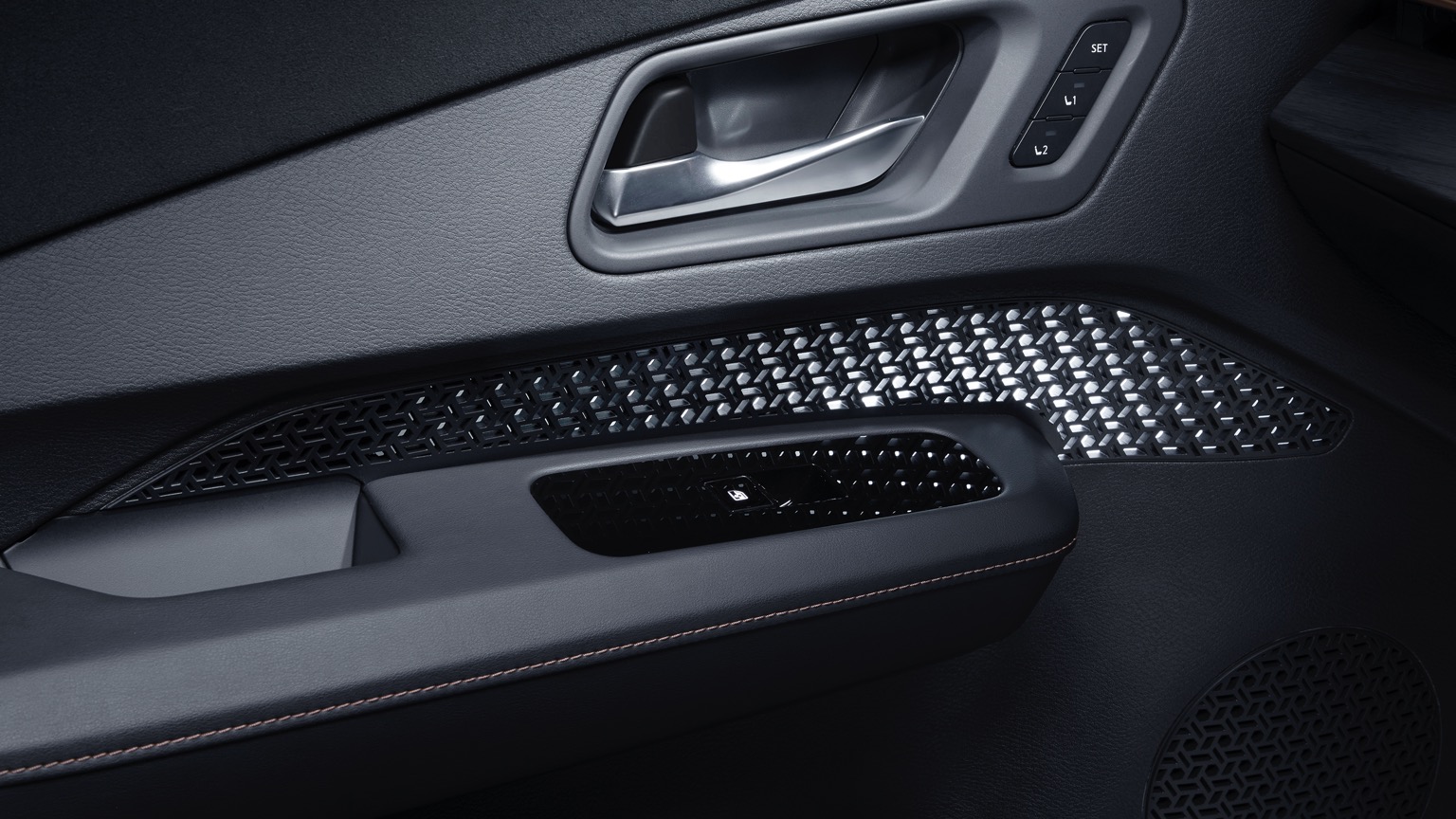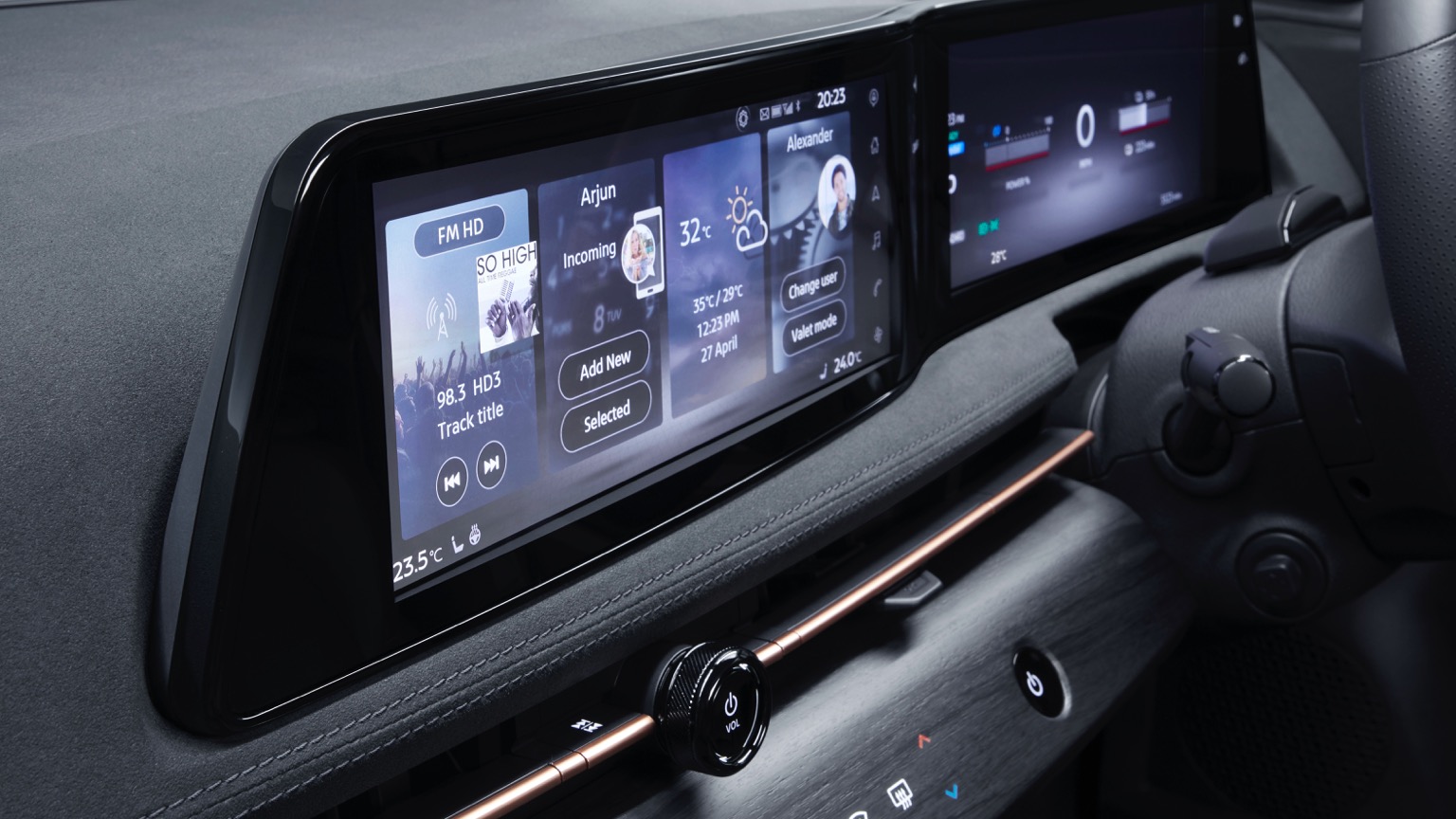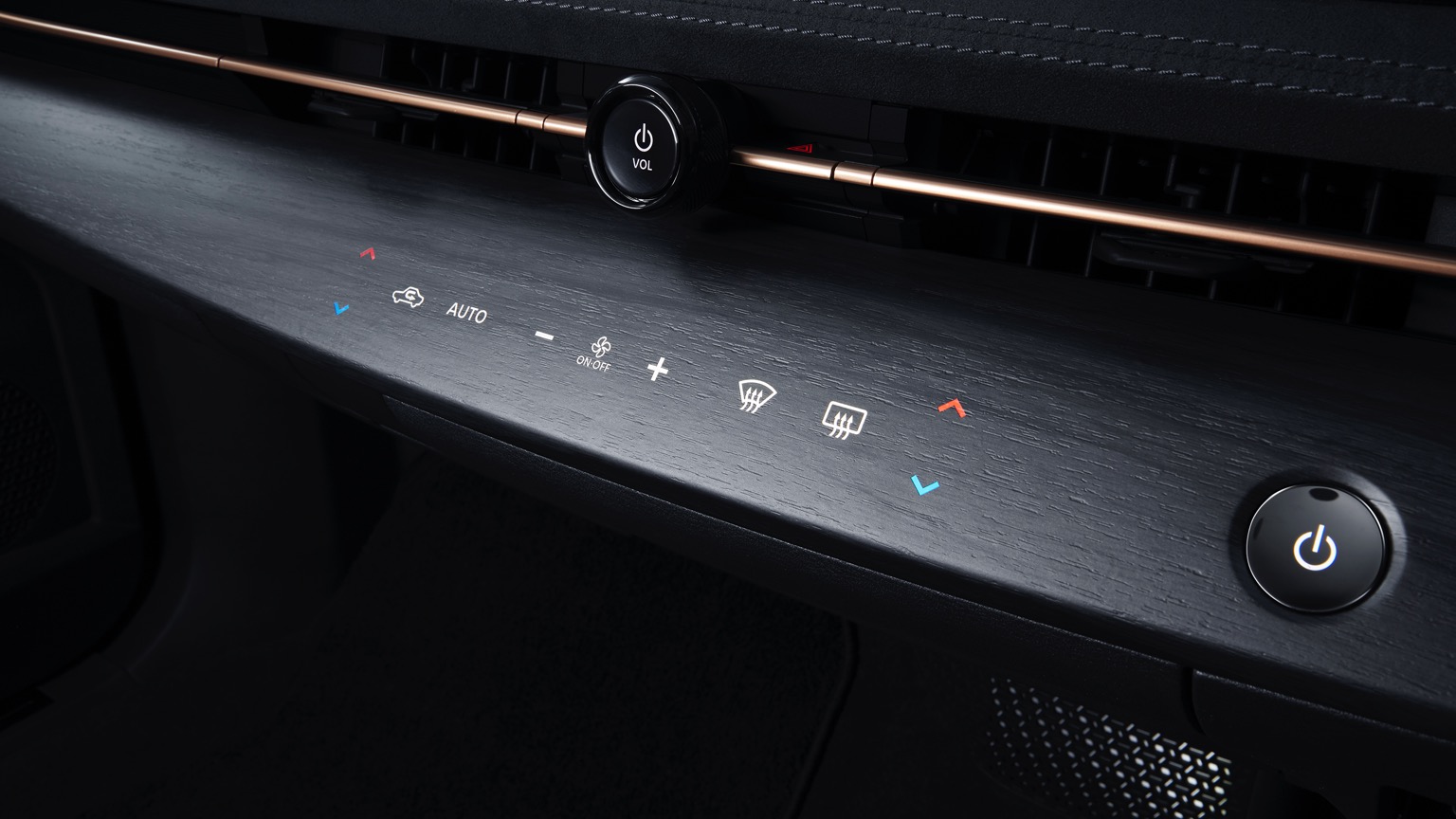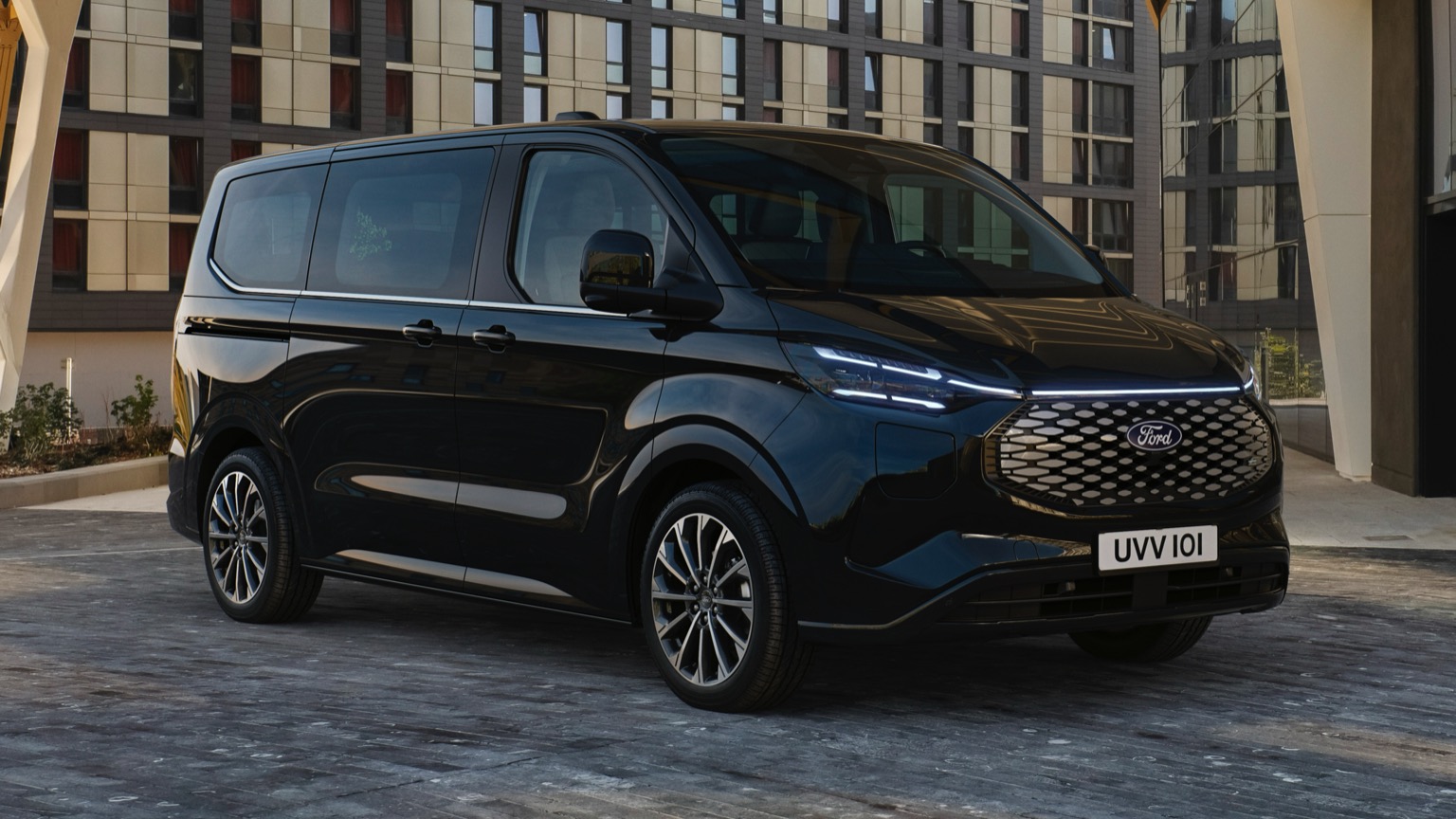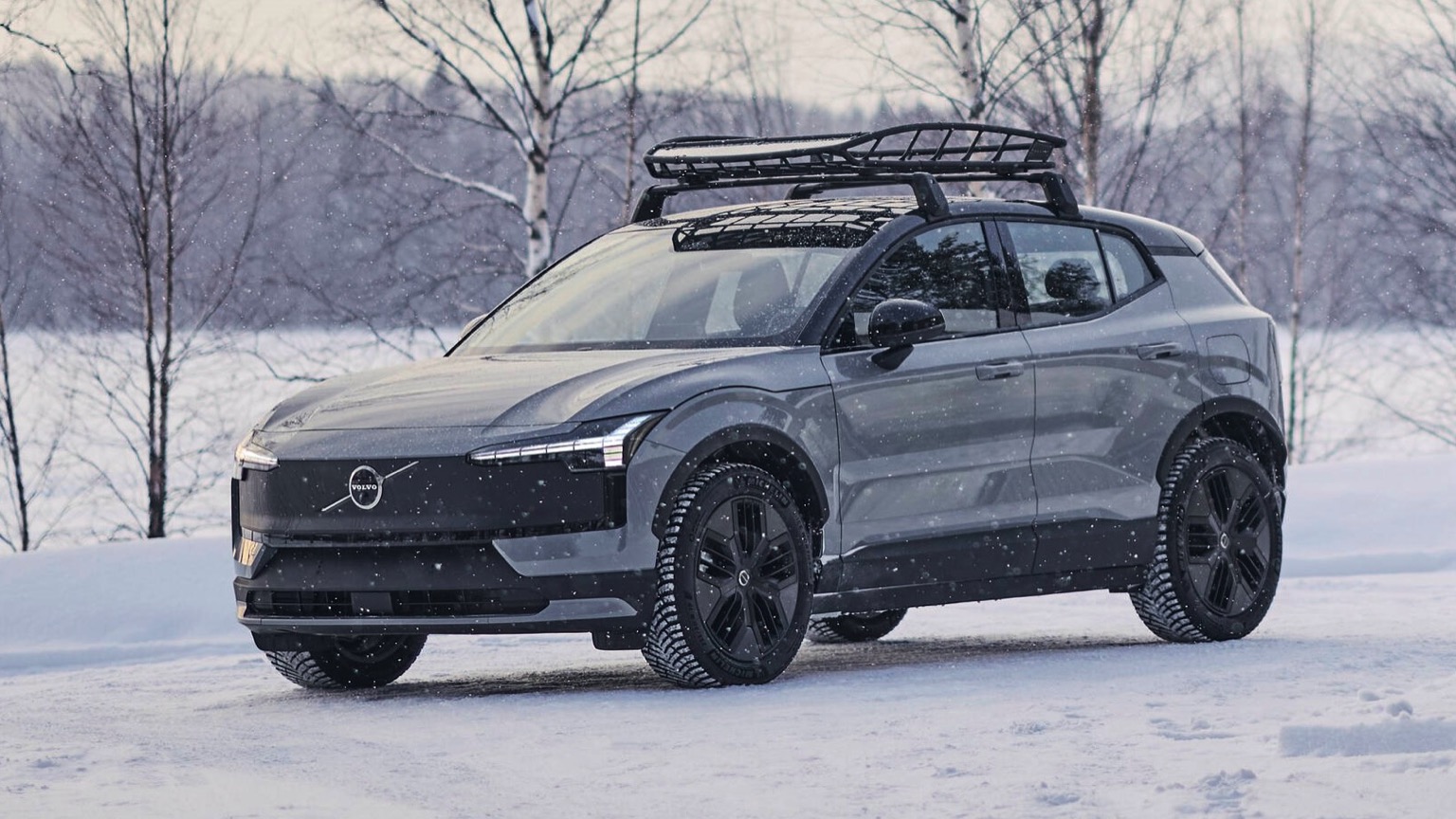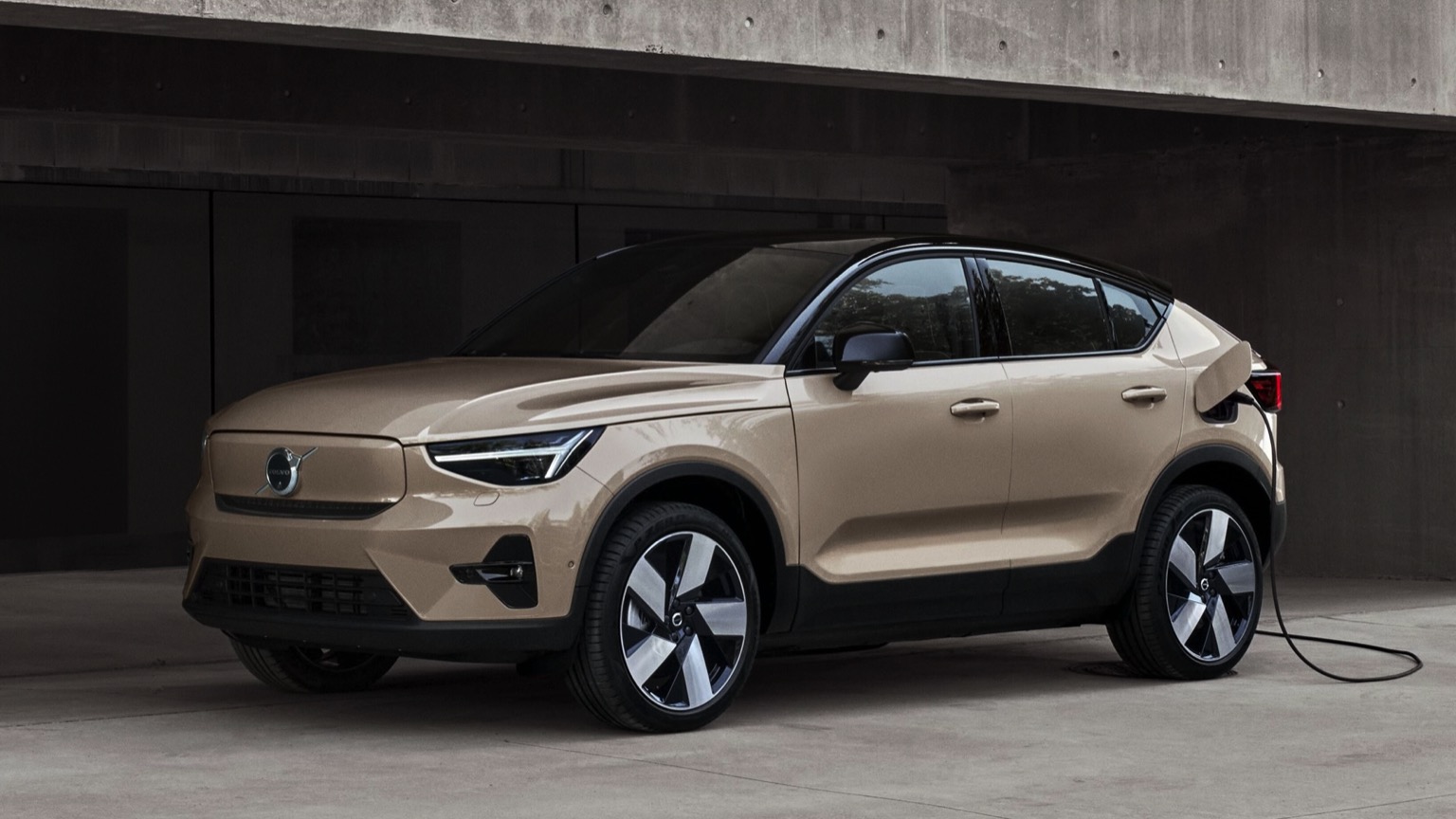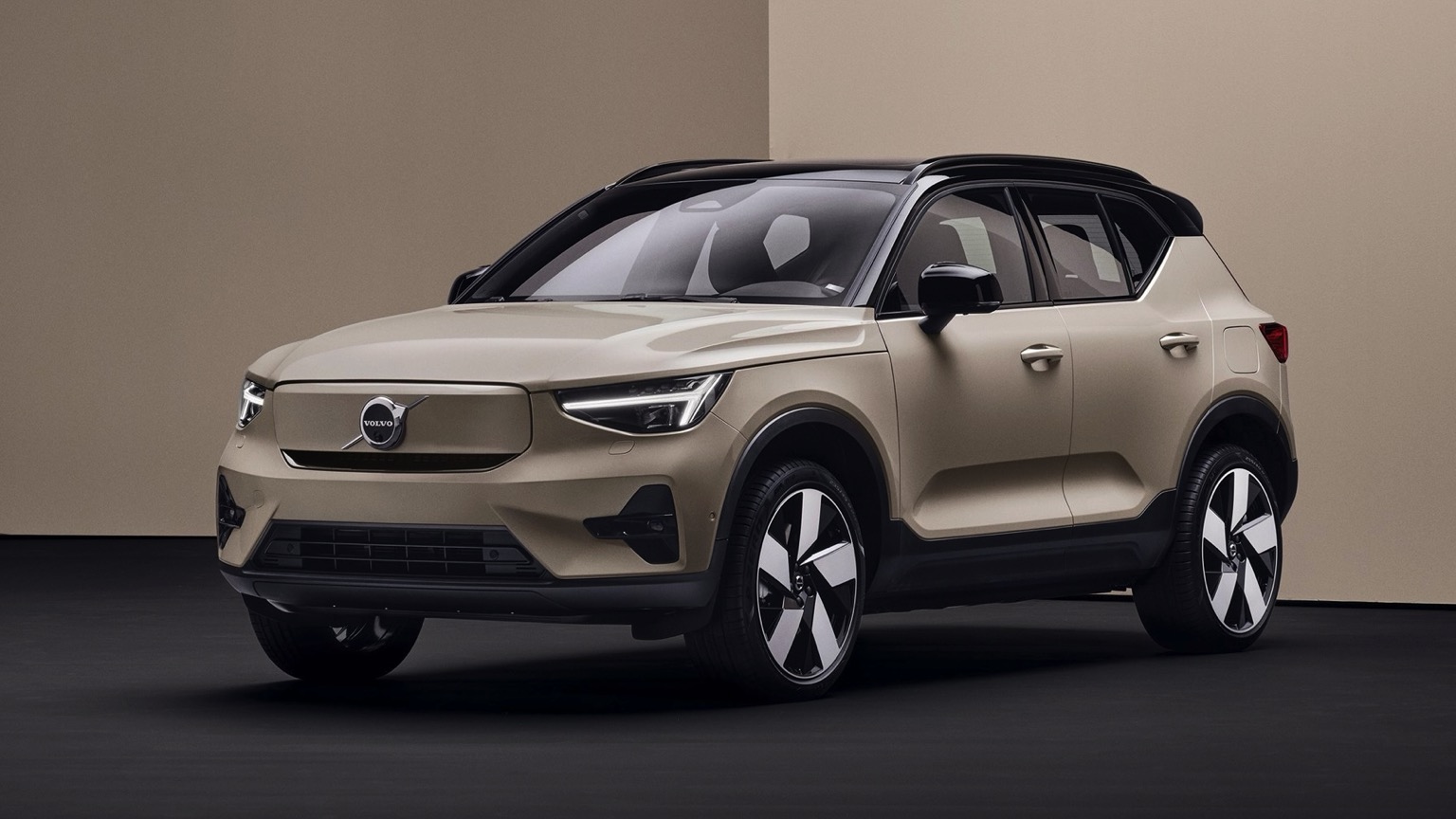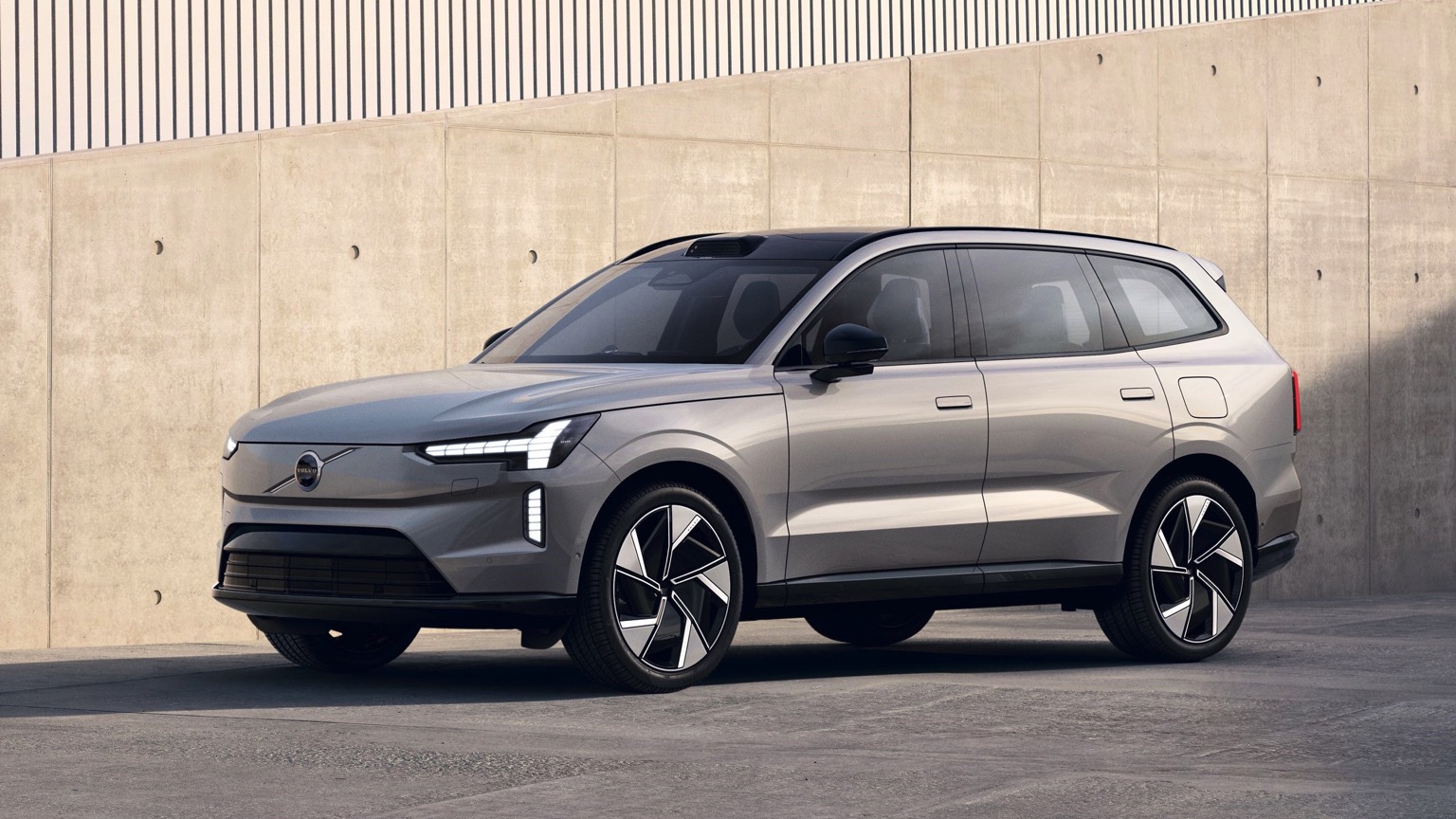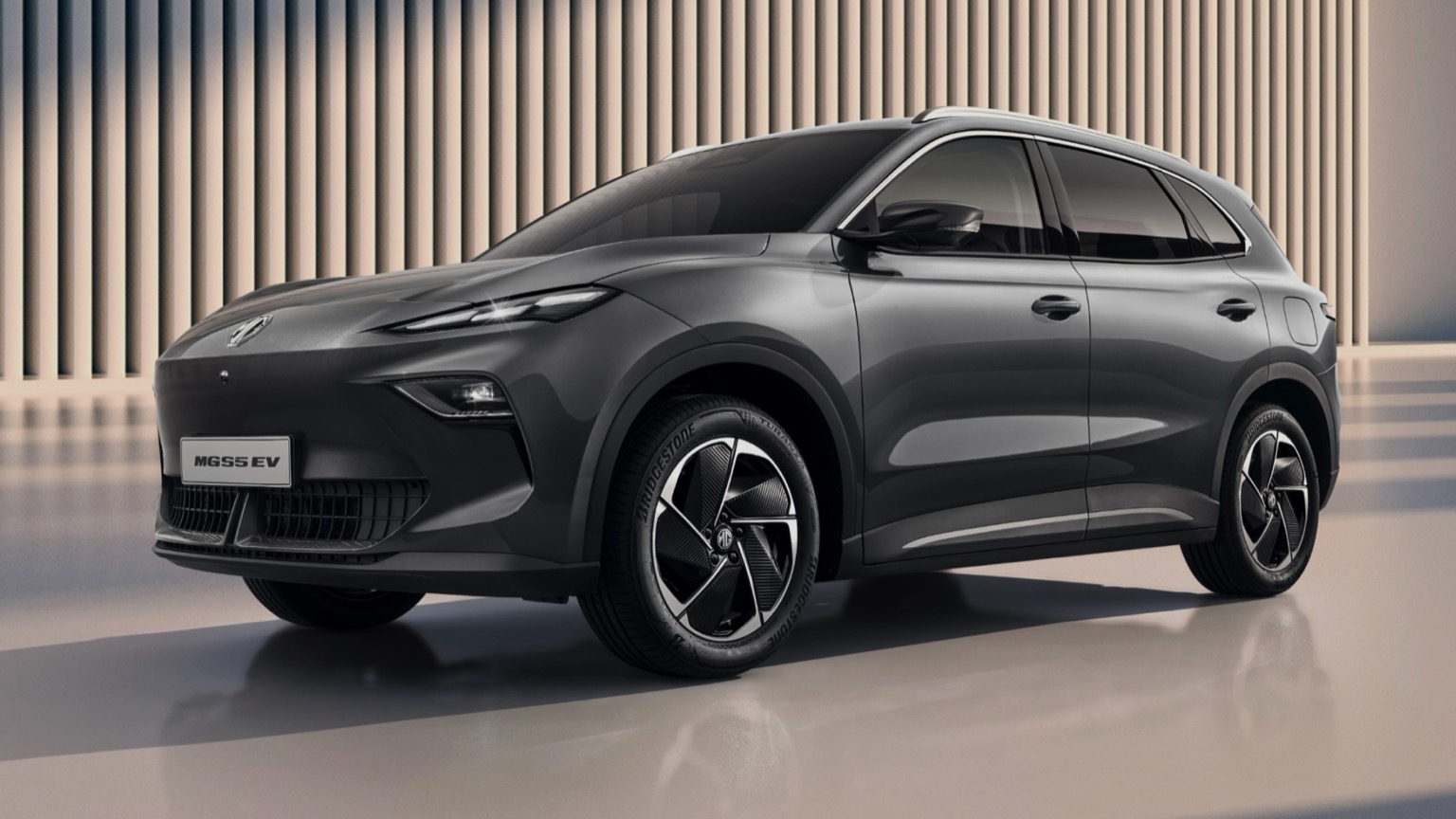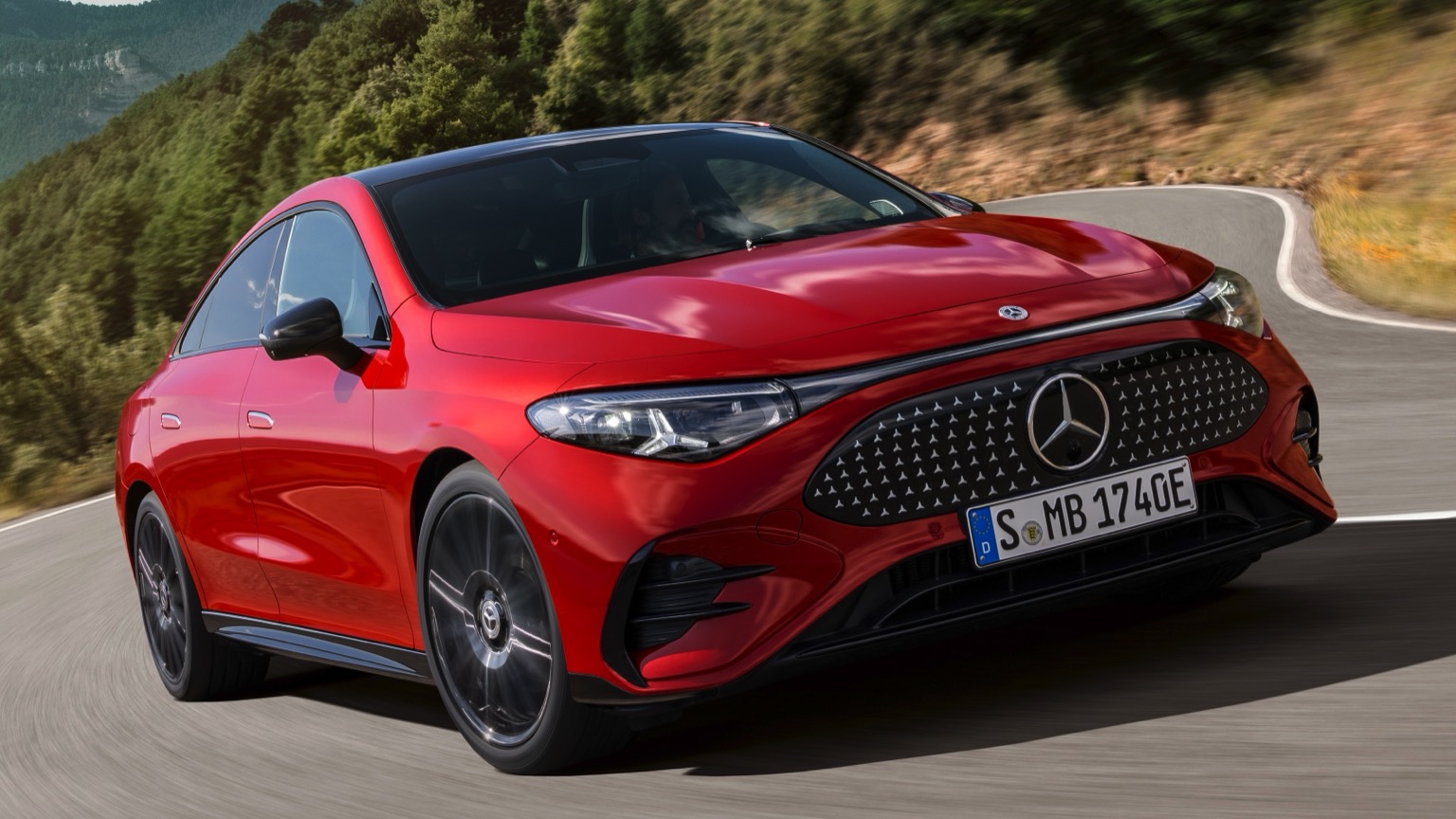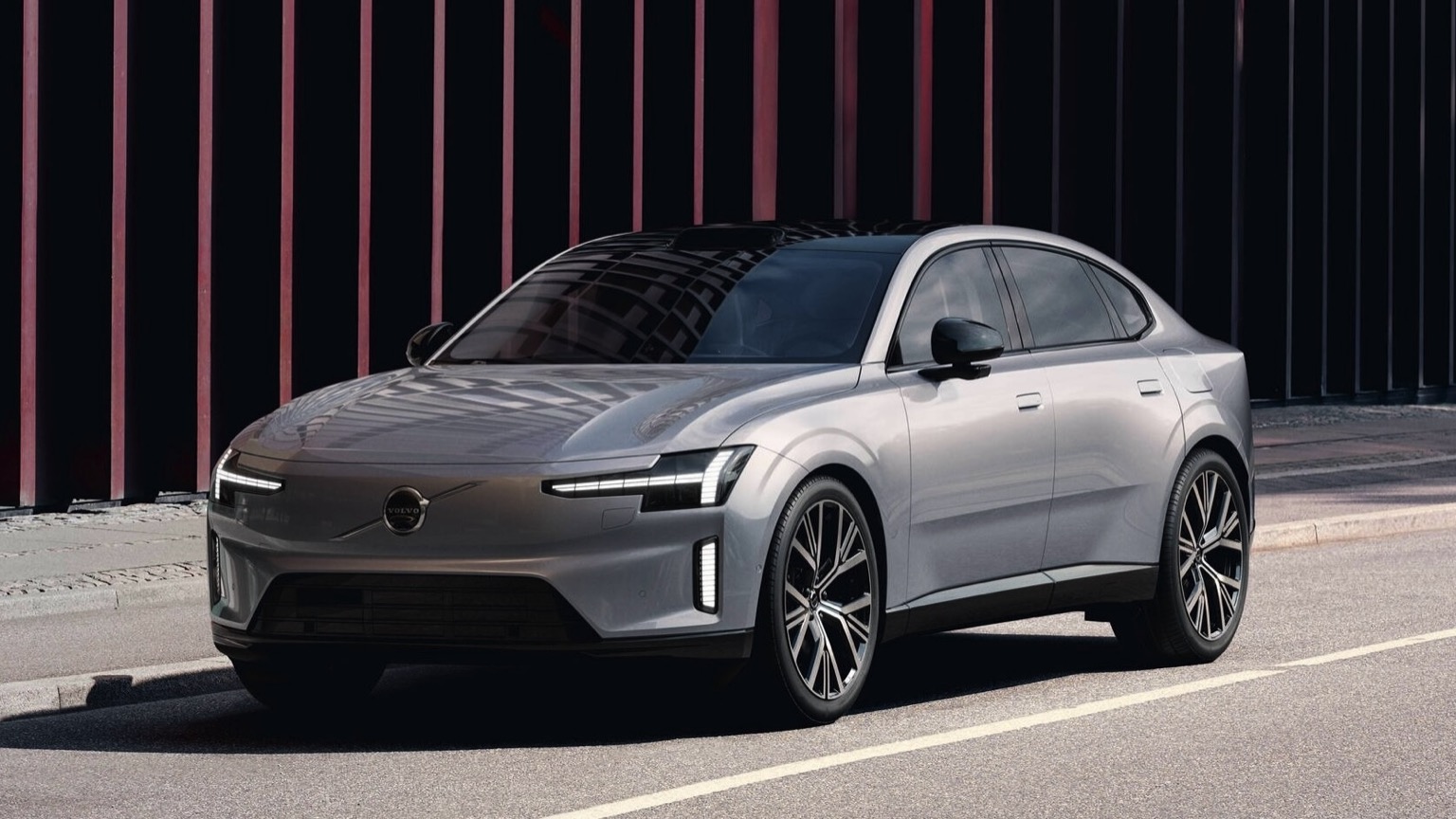Driving Range
In short, how many miles you can travel on a full charge. Is length important? Let’s not open that can of worms…
Efficiency
How many kWh of charge are needed to travel a set distance. The fewer needed, the more efficient your EV is. Easy!
Battery
The bigger the battery, the more power it can hold. In essence, fewer stops needed to top up your charge. Ahh, simplicity!
Top Speed
The maximum speed you can reach with your foot pressed hard to the floor. Important when escaping a zombie apocalypse, we assume.
Seats
Well, you don’t want to have to leave anybody at home… or do you?
Body
From stylish SUVs and compact crossovers, to curvaceous coupes and handy hatchbacks, there’s a perfect shape for everyone!
Isofix
The safe way to attach a child seat. Typically, these are hidden in the join between the back seats, alongside the crumbs from your last meal deal.
Safety Rating
A measure that considers the amount of safety kit installed, how a vehicle performs in crash testing and how safe it is for both pedestrians and cyclists.
| City - Cold Weather | 255 miles |
| Highway - Cold Weather | 180 miles |
| Combined - Cold Weather | 215 miles |
| City - Mild Weather | 365 miles |
| Highway - Mild Weather | 225 miles |
| Combined - Mild Weather | 285 miles |
Indication of real-world range in several situations. Cold weather: 'worst-case' based on -10°C and use of heating. Mild weather: 'best-case' based on 23°C and no use of A/C. For 'Highway' figures a constant speed of 110 km/h is assumed. The actual range will depend on speed, style of driving, weather and route conditions.
| Charge Port | Type 2 |
| Port Location | Left Side - Front |
| Charge Power | 22 KW AC |
| Charge Time | 4hr 45m |
| Charge Speed | 53 mph |
| Fastcharge Port | CCS |
| FC Port Location | Left Side - Front |
| Fastcharge Power (max) | 130 |
| Fastcharge Time | 35m |
| Fastcharge Speed | 300 mph |
General Charging (0 - 100%)
Charging is possible by using a regular wall plug or a charging station. Public charging is always done through a charging station. How fast the EV can charge depends on the charging station (EVSE) used and the maximum charging capacity of the EV
| Charging Point:Charging Point | Power:Power | Time:Time |
|---|---|---|
| Charging Point:Wall Plug | Power:2.3 kW | Time:44hr 30m |
| Charging Point:1-Phase 16A | Power:3.68 kW | Time:27hr 45m |
| Charging Point:1-Phase 32A | Power:7.36 kW | Time:14hr |
| Charging Point:3-Phase 16A | Power:3.68 kW | Time:9hr 30m |
| Charging Point:3-Phase 32A | Power:7.36 kW | Time:4hr 45m |
Rapid Charging (10 - 80%)
Rapid charging enables longer journeys by adding as much range as possible in the shortest amount of time. Charging power will decrease significantly after 80% state-of-charge (SoC) has been reached.
| Charging Point:Charging Point | Average Power:Average Power | Time:Time |
|---|---|---|
| Charging Point:CCS 50 | Average Power:45 kW | Time:1hr 25m |
| Charging Point:CCS 100 | Average Power:85 kW | Time: 45m |
| Charging Point:CCS 150 | Average Power:110 kW | Time: 35m |
| EVDB Real Range | 250 miles |
| EVDB Vehicle Consumption | 348 Wh/mi |
| EVDB CO2 Emissions | 0 g/mi |
| EVDB Vehicle Fuel Equivalent | 1.16 l/100mi |
| WLTP Real Range | 320 miles |
| WLTP Rated Consumption | 31.4 Wh/mi |
| WLTP Vehicle Consumption | 27.2 Wh/mi |
| WLTP CO2 Emissions | 0 g/mi |
| WLTP Rated Fuel Equivalent | 1.29 l/100mi |
| WLTP Vehicle Fuel Equivalent | 1.49 l/100mi |
| Acceleration 0 - 100 km/h | 5.7 sec |
| Top Speed | 124 mph |
| Electric Range* | 250 miles |
| Total Power* | 225 kWh |
| Total Torque* | 600 Nm |
| Drive | AWD |
| Safety Rating | |
| Rating Year | 2022 |
| Adult Occupant | 86% |
| Child Occupant | 89% |
| Vulnerable Road Users | 74% |
| Safety Assist | 93% |
For more details on the safety rating of this vehicle, visit euroncap.com
| Nominal Capacity | 91 kWh |
| Battery Type | Lithium-ion |
| Number of Cells | N/A |
| Architecture | 400 V |
| Useable Capacity | 87 kWh |
| Cathode Material | NCM |
| Pack Configuration | N/A |
| Nominal Voltage | N/A |
| Length | 4595 mm |
| Width | 1850 mm |
| Width (with mirrors) | 2172 mm |
| Height | 1660 mm |
| Wheelbase | 2775 mm |
| Weight Unladen (EU) | 2259 kg |
| Gross Vehicle Weight (GVWR) | 2655 kg |
| Max. Payload | 471 kg |
| Cargo Volume | 415 L |
| Cargo Volume (Max) | 1350 L |
| Cargo Volume Frunk | N/A |
| Roof Load | N/A |
| Tow Hitch Possible | Yes |
| Towing Weight Unbraked | N/A |
| Towing Weight Braked | 1500 kg |
| Vertical Load Max | N/A |
| Seats | 5 |
| Isofix | No |
| Turning Circle | 10.8m |
| Platform | RNM CMF-EV |
| Car Body | SUV |
| Segment | D |
| Roof Rails | No |
| EV Dedicated Platform | Yes |
* = estimated value. Average energy consumption and range based on moderate drive style and climate. Real-life values may differ significantly. Pricing information might not be actual for some regions. No rights can be derived from the information on this site.
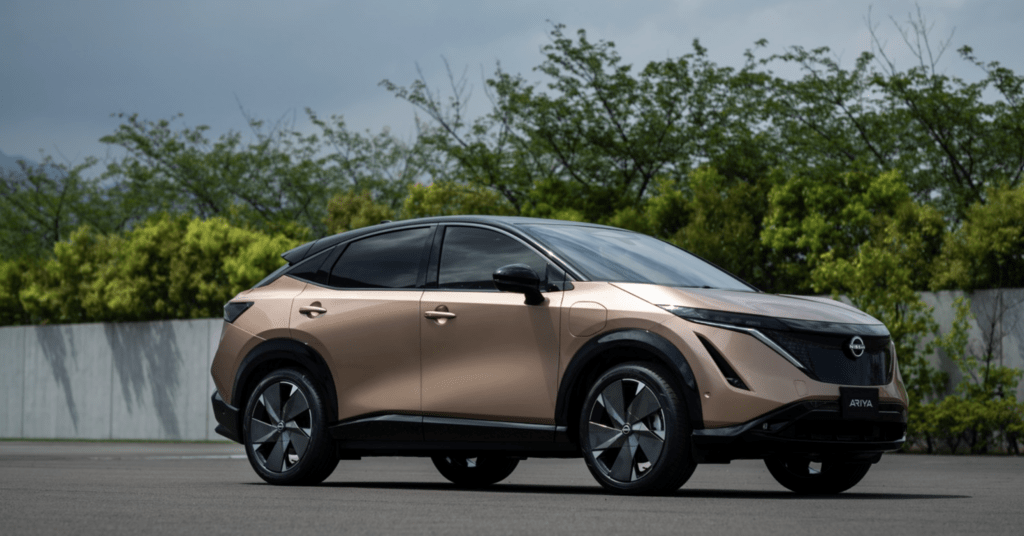
Nissan Ariya e-4ORCE 87kWh charging guide
Although the electric car technically predates the petrol engine with experimental prototypes in the 1830s, Nissan has been pioneering the modern electric car since the release of the Nissan Leaf in 2010. Despite getting a head start even on Tesla, the Nissan Ariya wasn’t released until 2020 and is only the second all-electric offering in the impressive Nissan fleet.
With more than a decade between the two models, it’s no wonder that the much anticipated Nissan Ariya quickly rose in popularity and is one of the most searched-for EVs on the market. If you’re still not sure if the Nissan Ariya is your next dream EV, check out the answers to some of your most-searched-for questions.
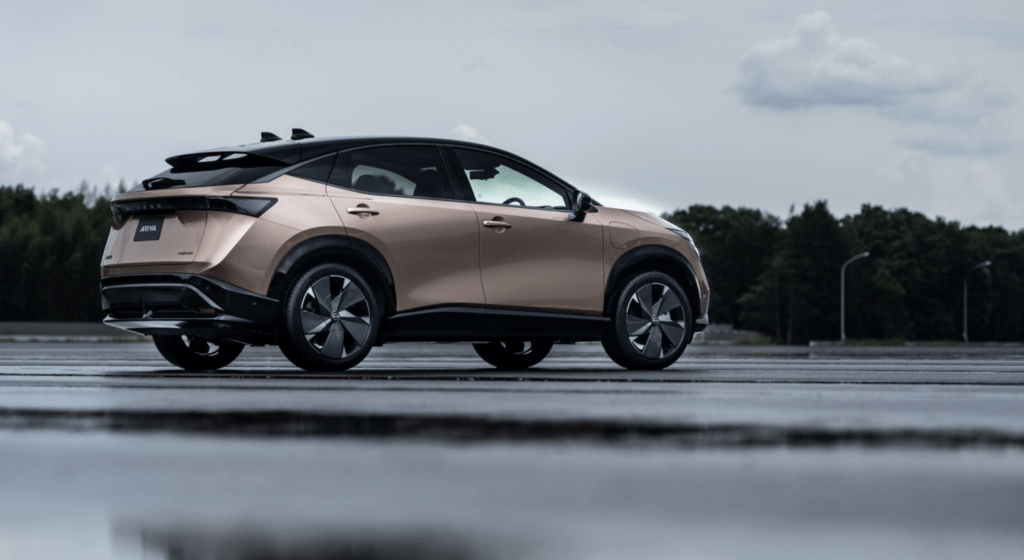
How to charge the Nissan Ariya?
The Nissan Ariya, like many other EVs, currently cannot be charged using the Tesla Supercharger fast charging system. However, Nissan has announced that their 2025 model will be compatible with supercharging.
Despite not being able to use fast charging at the moment, the Nissan Ariya can still be charged using charging stations in all manner of public car parks. You can also install a home charger, such as the zappi, for more convenient charging and at a reduced cost. If you have solar panels at home, you may also want to utilise zappi with these for even cleaner driving.
How long does it take to charge the Nissan Ariya e-4ORCE 87kWh?
12 hours 15 minutes*
*Using a standard 7kWh charger, such as zappi it would take just over 12 hours to fully charge your 87kWh battery. The Nissan Ariya e-4ORCE 87kWh also has the capability to be charged on the 22kWh zappi, which would reduce this charging time down to 4 hours and 45 minutes.
What is the range of the Nissan Ariya e-4ORCE 87kWh?
250 miles**The range of the Nissan Ariya e-4ORCE 87kWh battery, differs between 180 miles and 365 miles depending on your driving conditions and the type of road. Typically, the average range from a full charge will be around 250 miles.
How much does it cost to charge the Nissan Ariya e-4ORCE 87kWh?
£6.53**It could cost just £6.53 to charge the Nissan Ariya e-4ORCE 87kWh when fully utilising off-peak charging on an Octopus Intelligent tariff, at 0.075p/kWh. In contrast, peak charging on a standard rate of 0.34p/kWh can cost £29.58 to charge up.
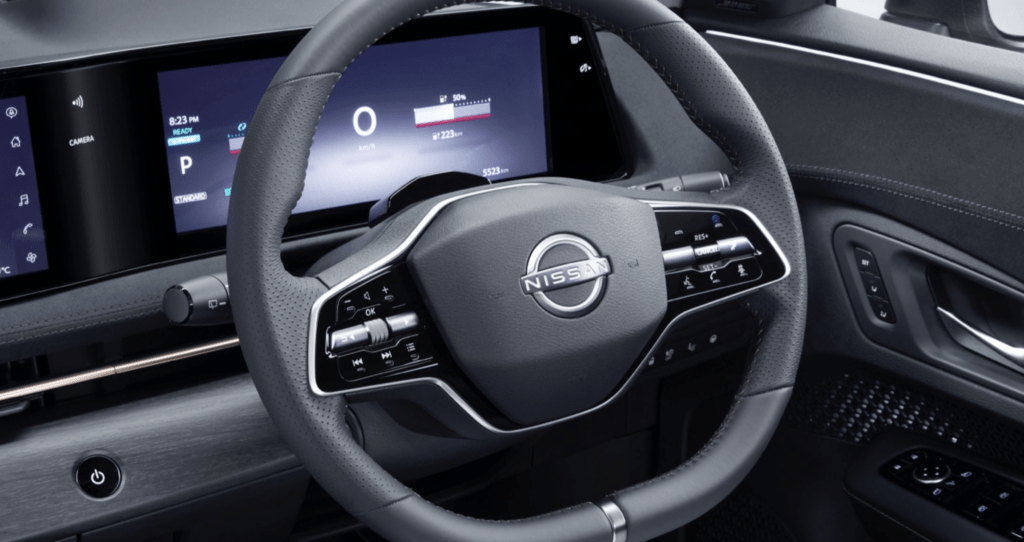
Where is the charge port on the Nissan Ariya
To charge your Nissan Ariya, simply attach your electric charger to the charging port near the front passenger-side door and connect it to any appropriate charging source.
Unlike many car manufacturers, Nissan supplies a charging cable giving you slow charging from any of your regular home outlets. It should be noted that this will take longer than plugging into a designated charging station as the output of power from your home sockets is considerably less.
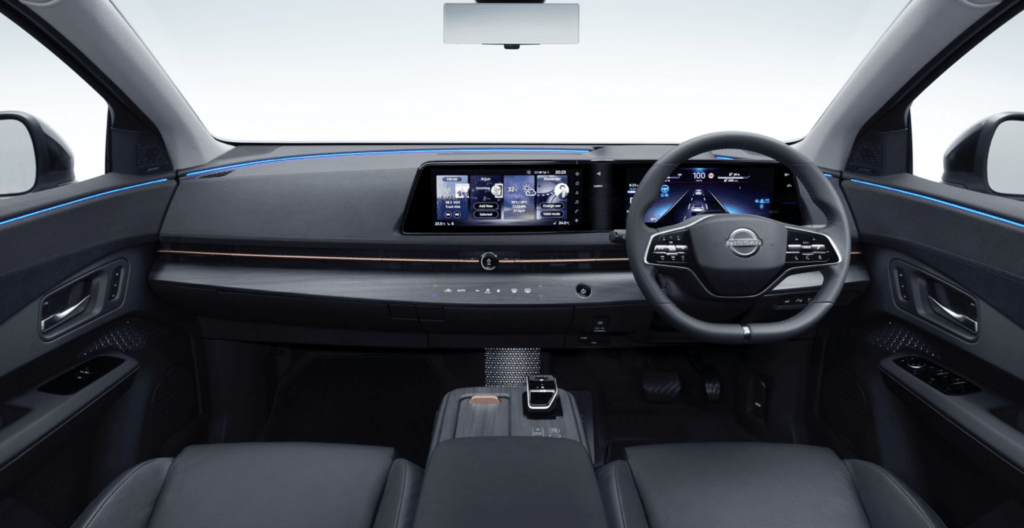
How much is the Nissan Ariya?
Starting from a reasonable £33,645* for the 63kWh ENGAGE, the Nissan Ariya comes in 9 different models including the mid-range 87kWh ADVANCE priced at £48,145* and ranging up to the e-4ORCE 87kWh EVOLVE+ starting from £59,025.
With the vast array of optional extras available, fully customising your Nissan Ariya could cost you up to £67,405*, which is still very reasonable when compared to other electric vehicles such as the Tesla Model Y which offers many similar features for a larger price point.
*Prices correct as of October 2023.
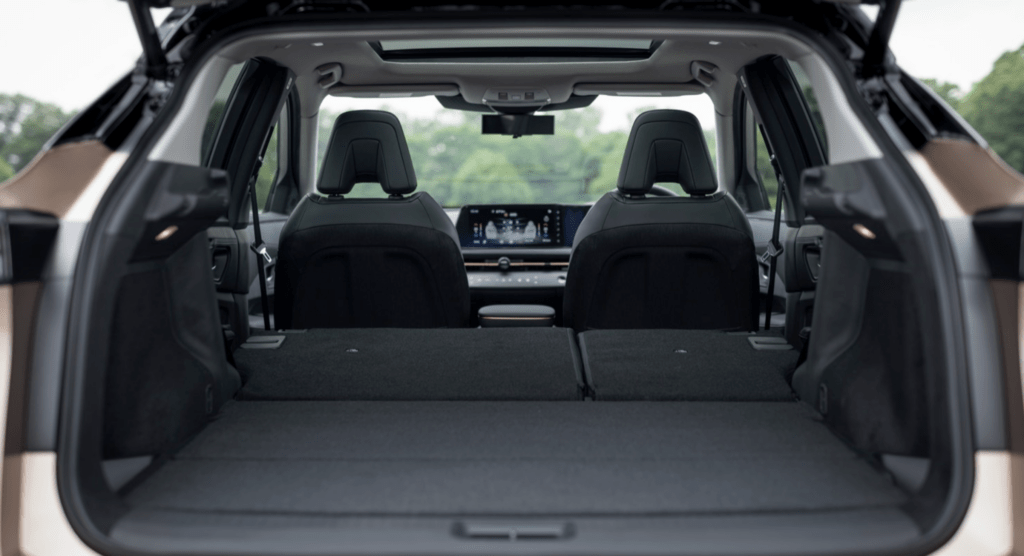
How big is the Nissan Ariya?
The Nissan Ariya is a little larger than the Qashqai and is a pretty standard overall size for its category. Despite the ample passenger room in the Ariya, more so than the Kia EVQ, Nissan has chosen to prioritise storage for your gadgets rather than for your luggage.
The boot is a little smaller than many of its rivals, with a maximum storage capacity of 466 litres, one thing to bear in mind is that the four-wheel drive models drop to 408 litres giving you even less space That being said, Nissan has designed the Ariya to not have a transmission tunnel, unlike most other electric cars, meaning there is a flat floor giving passengers greater leg room.
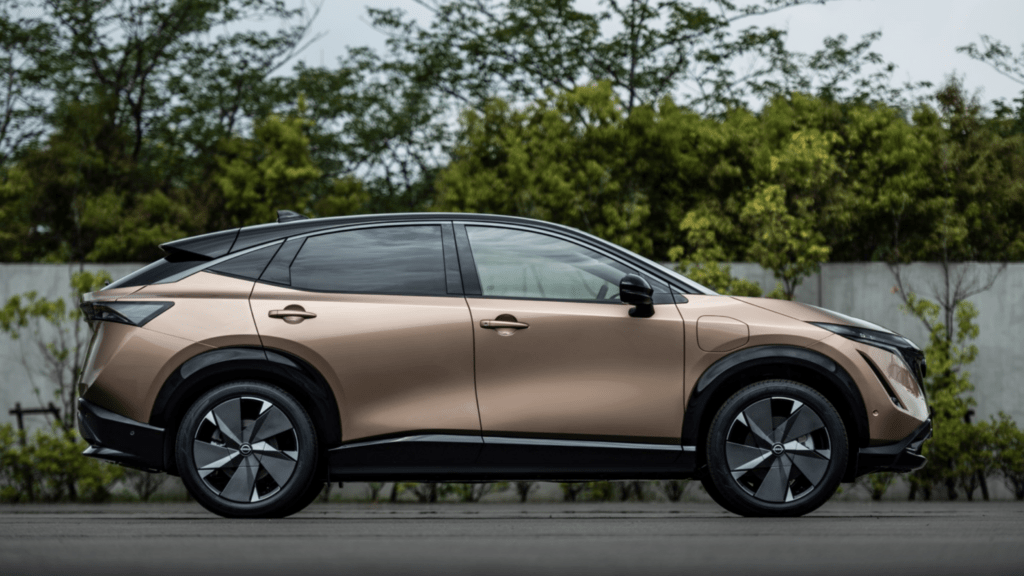
How high is the Nissan Ariya?
Measuring 1.66m tall, the Nissan Ariya will have no trouble fitting under bridges and tunnels. Although it’s not as large as some of its rivals such as the Hyundai Ioniq 5, it’s still a pretty substantial car.
If you’re worried about parking this large car, don’t be. There are plenty of cameras to help you park as well as excellent visibility which no doubt had a hand in acquiring the 5-star NCAP rating of the Nissan Ariya.
However, the back view is partially obstructed by some hefty rear screen pillars which may cause you to alter the view you rely on when squeezing into those tight car parking spaces.
Similar Electric Vehicles

